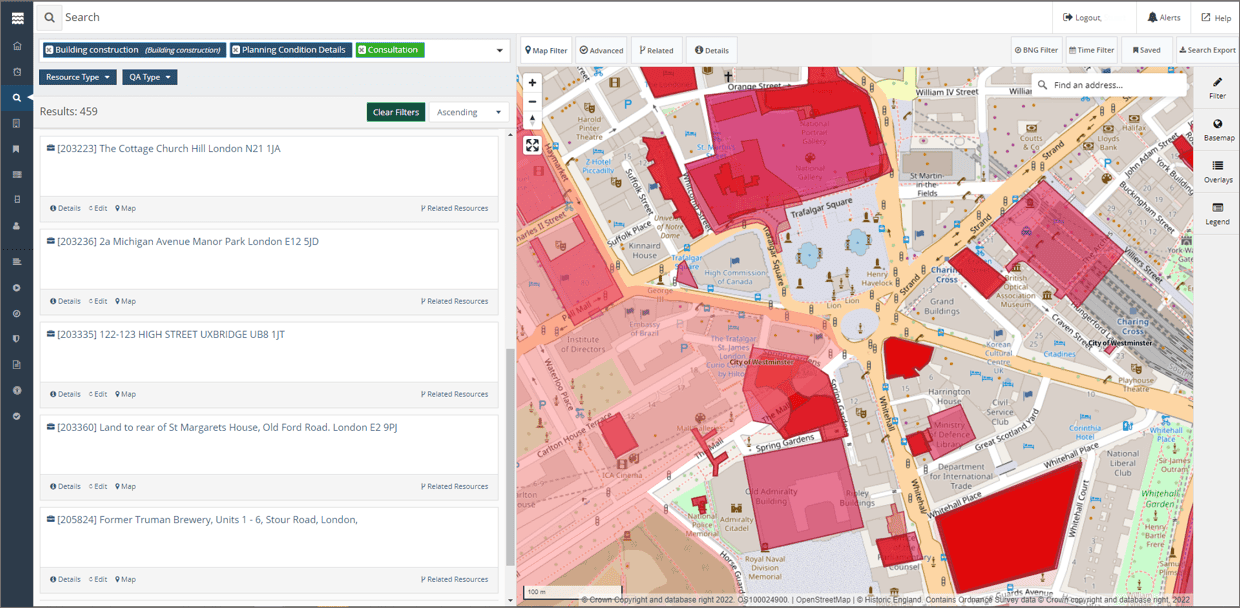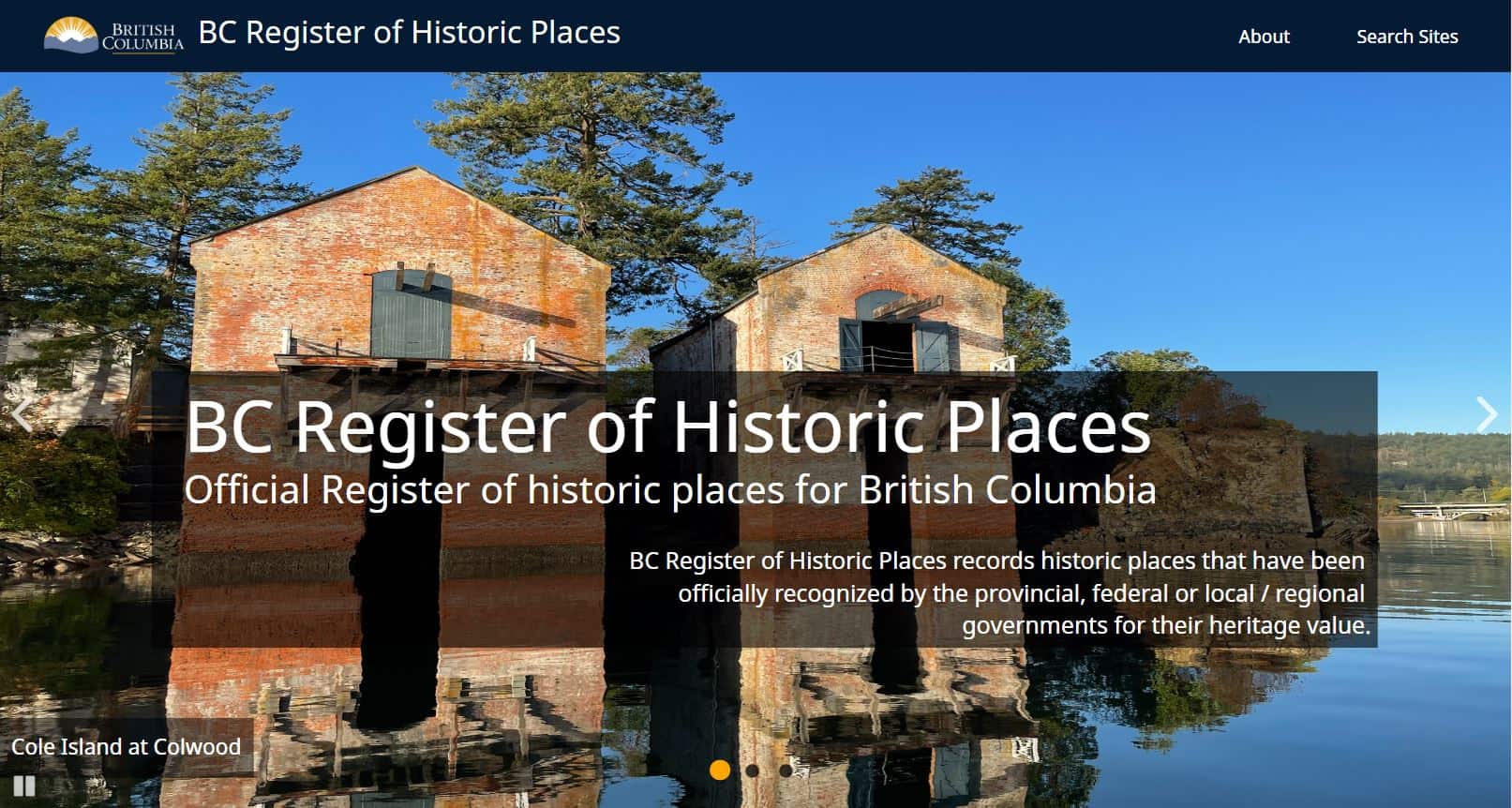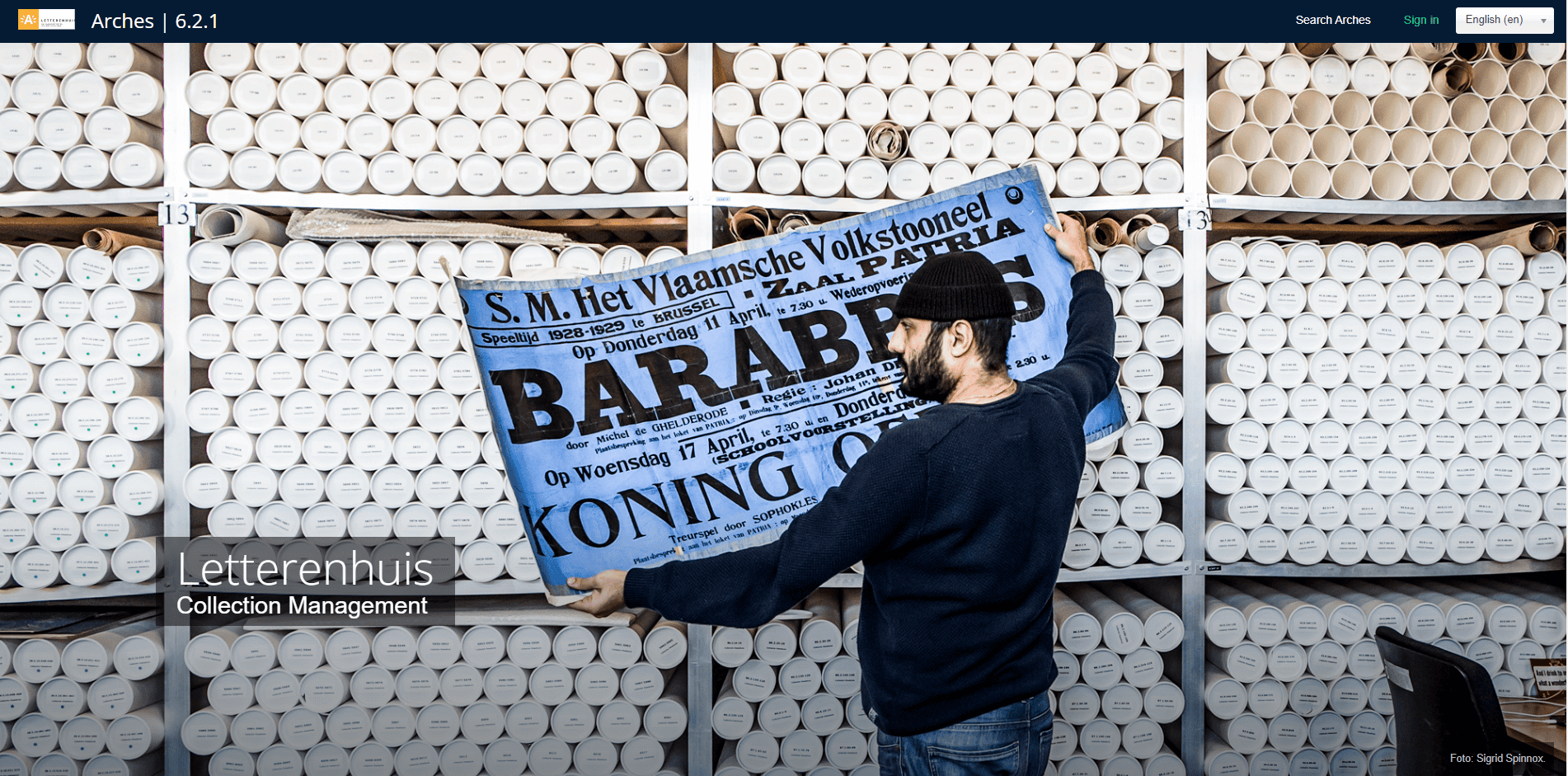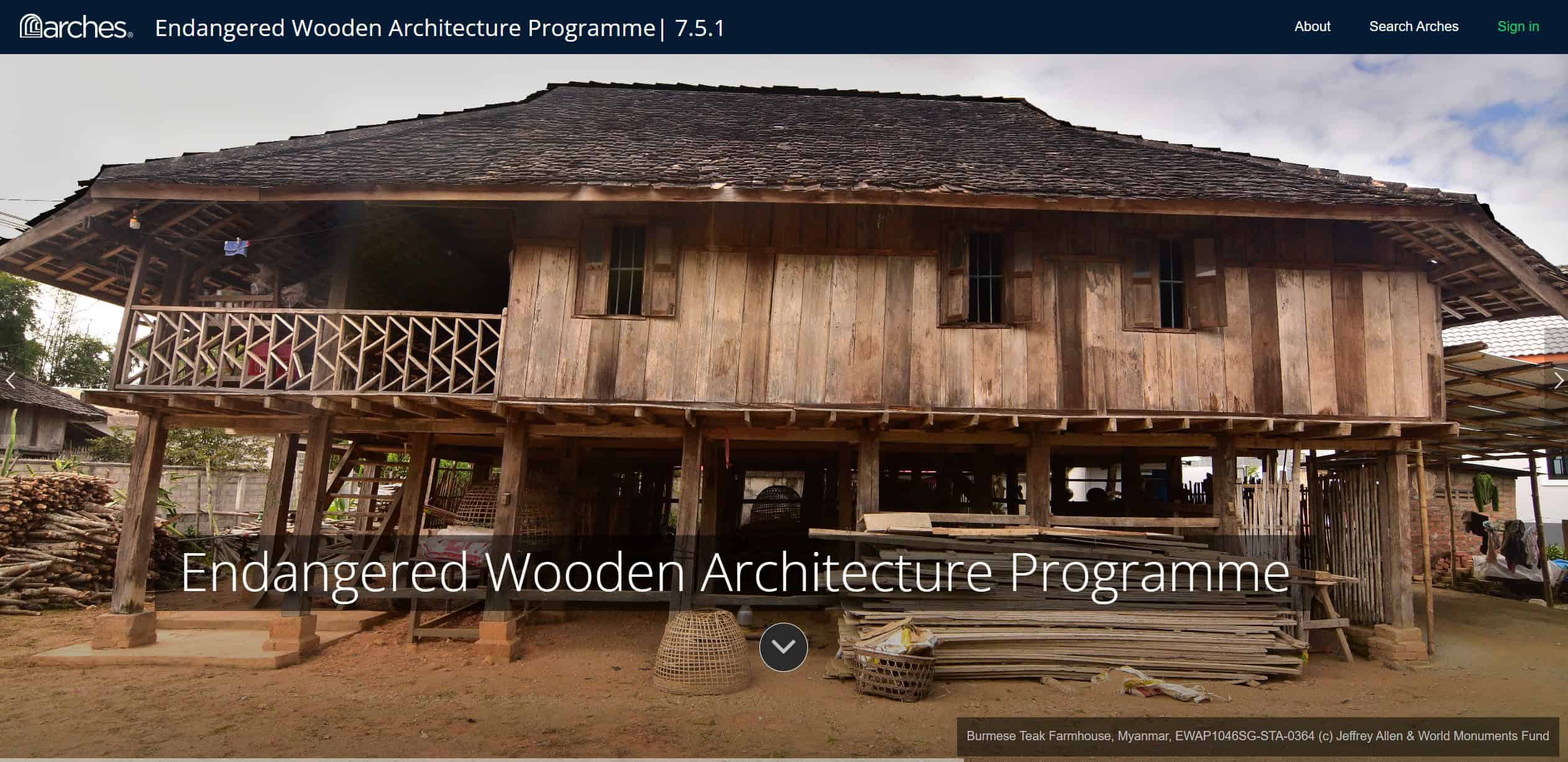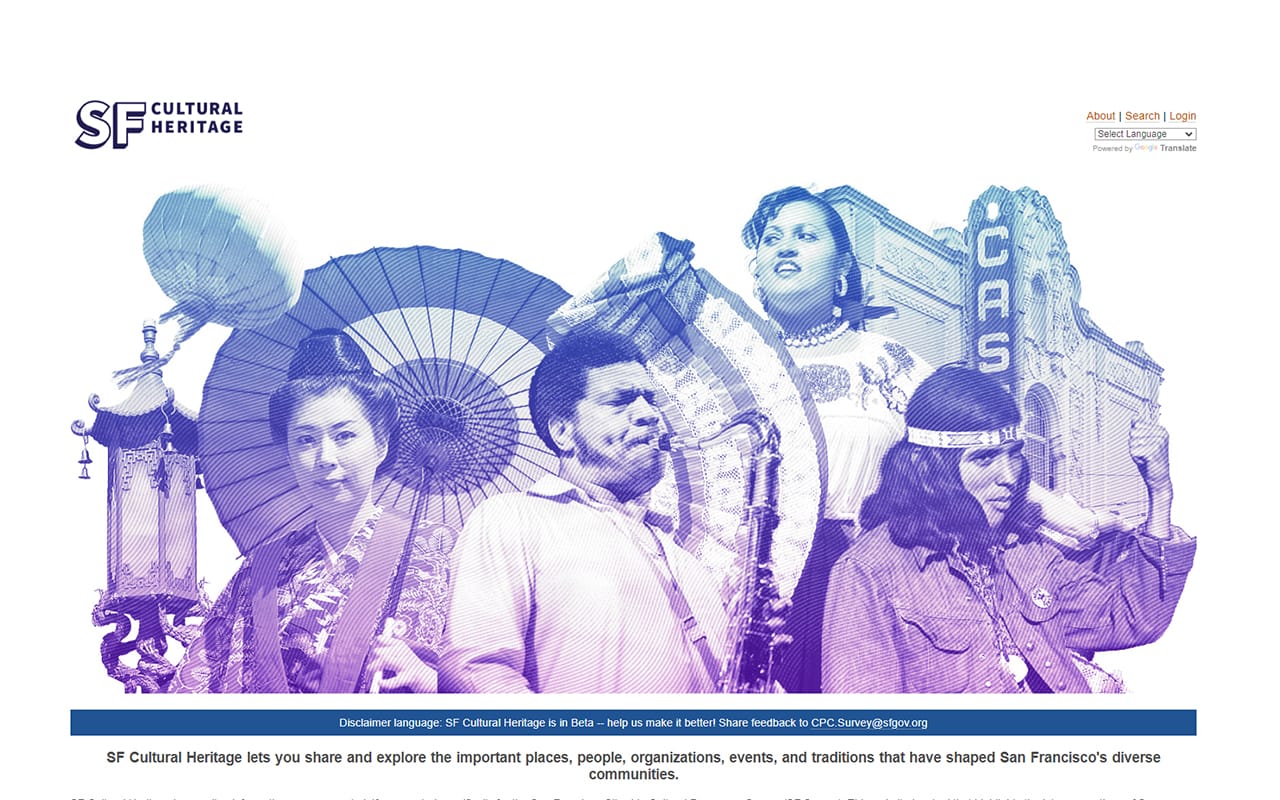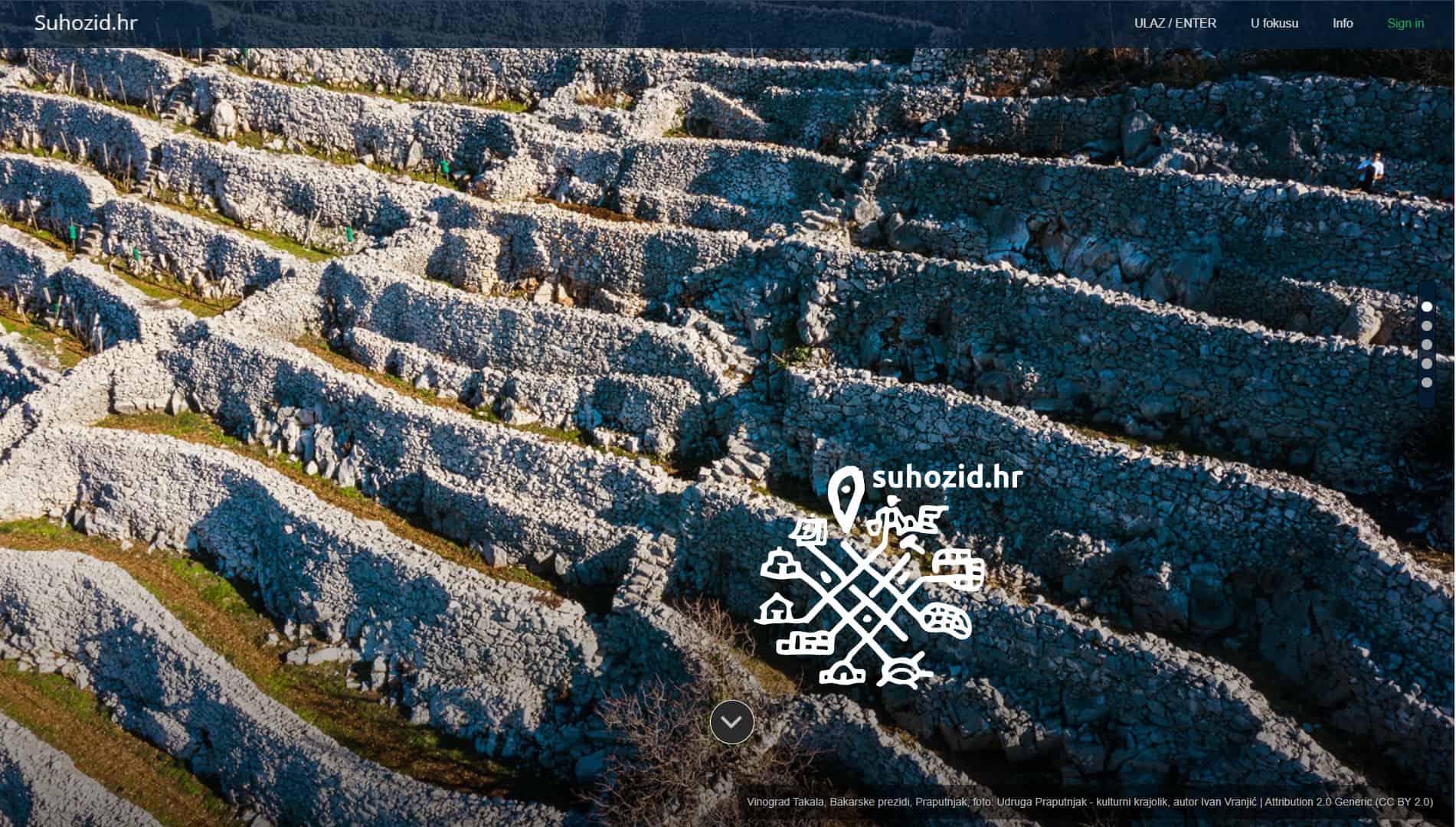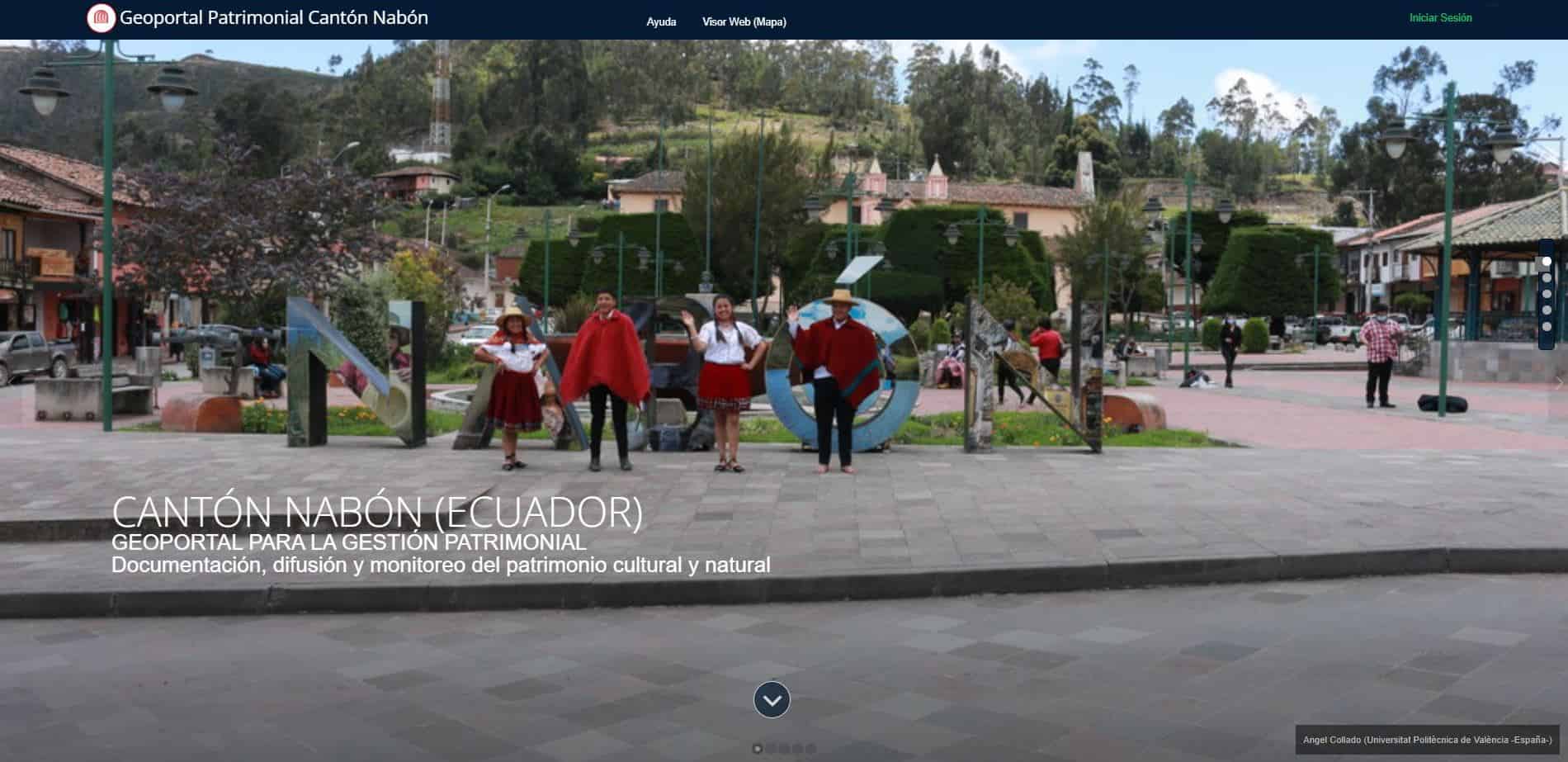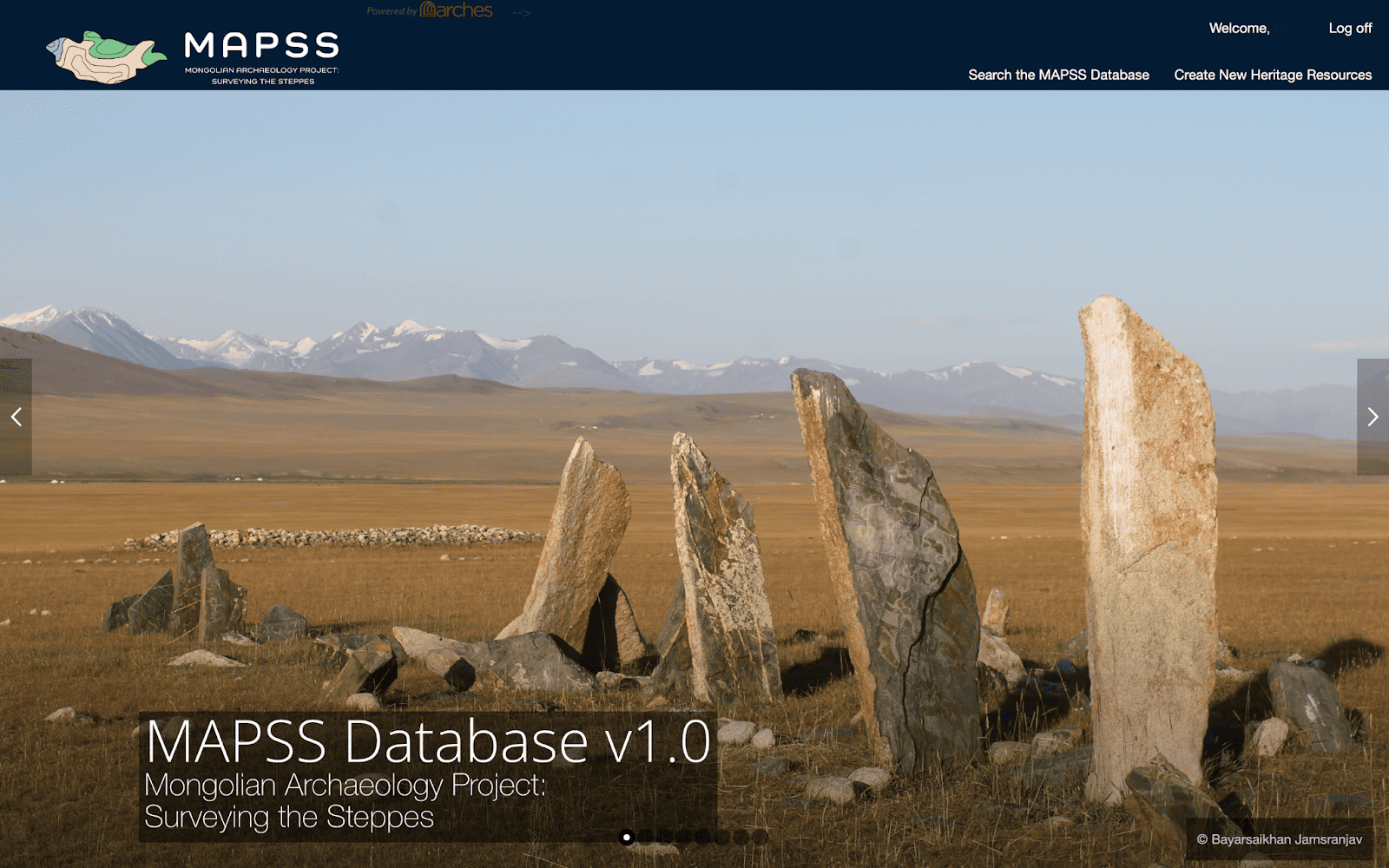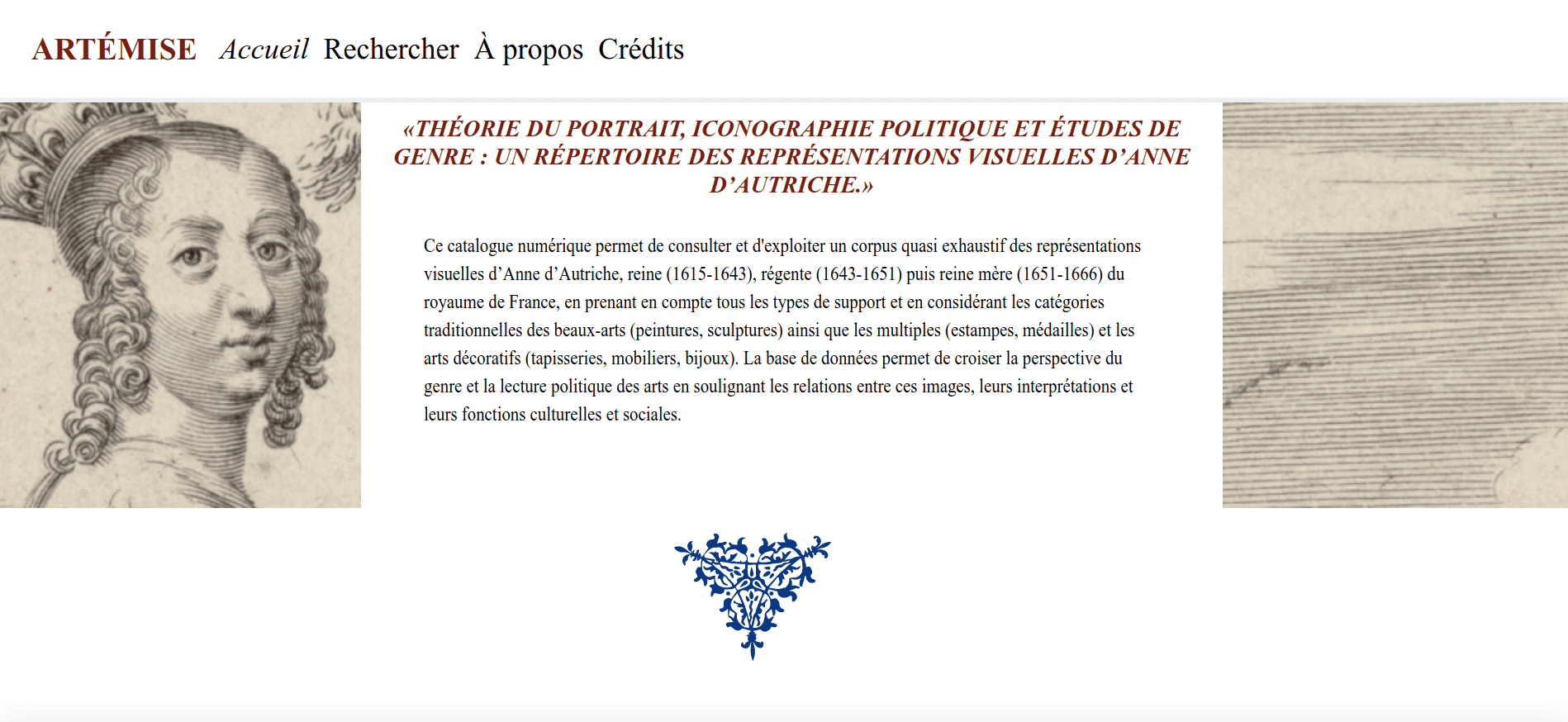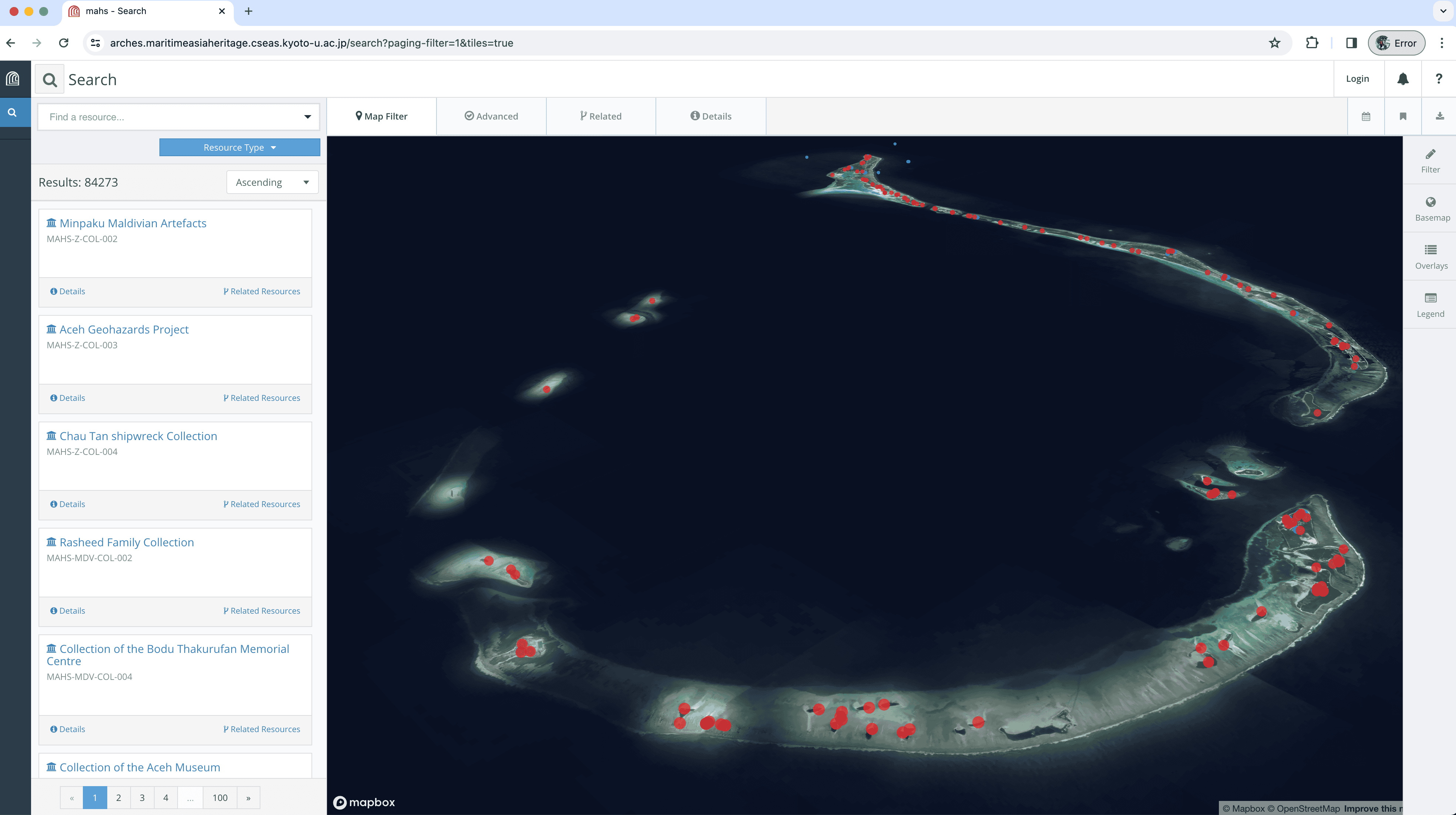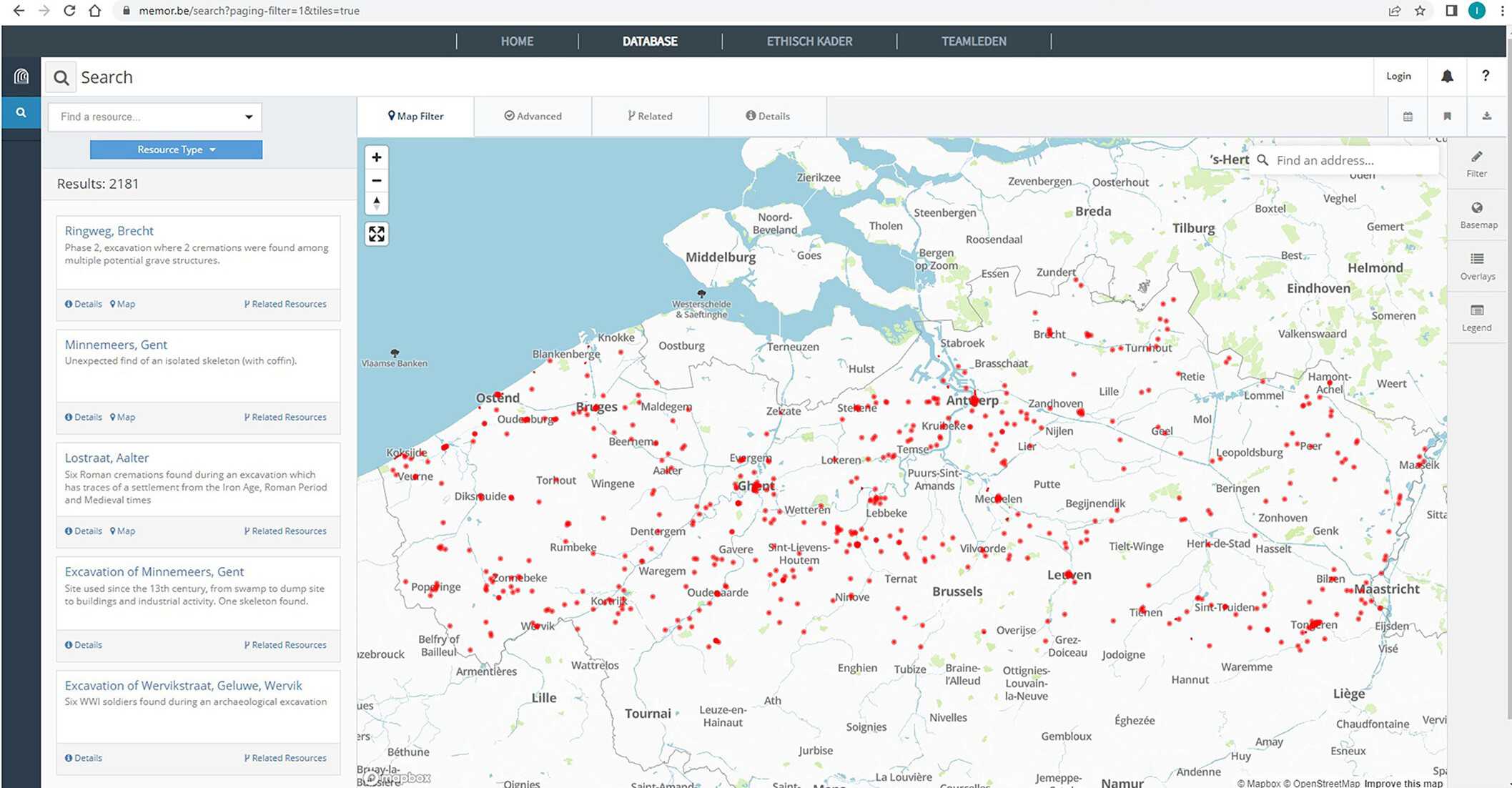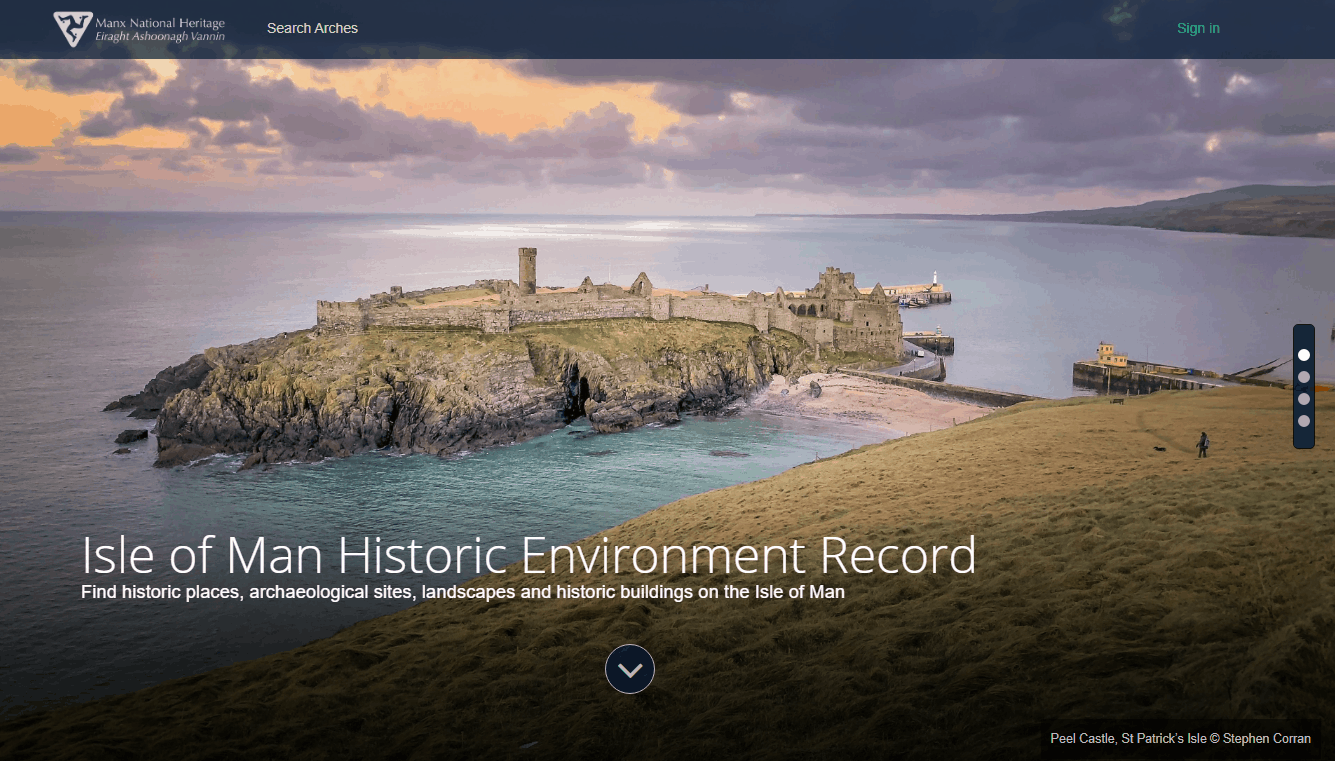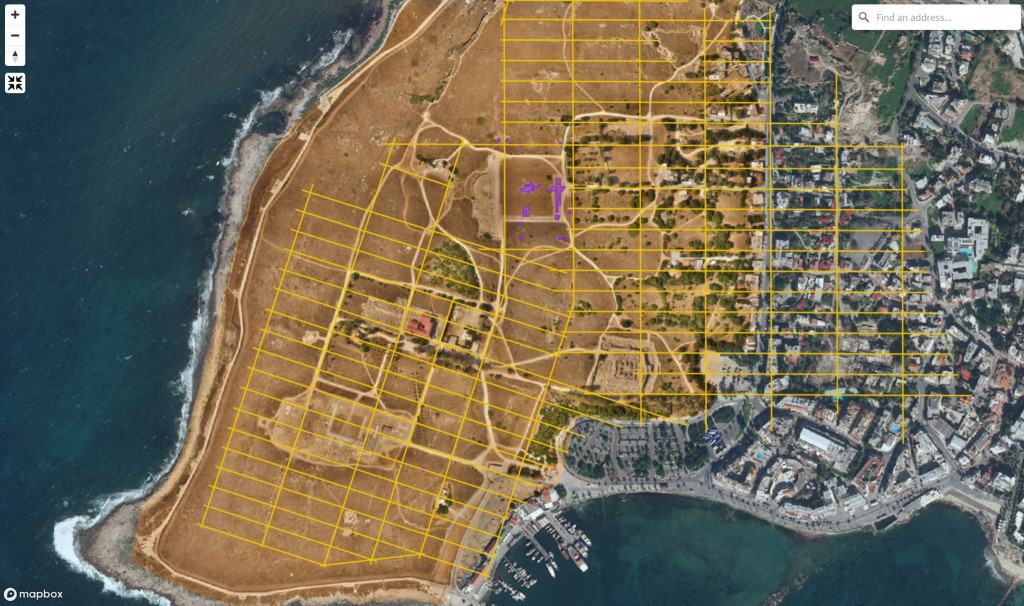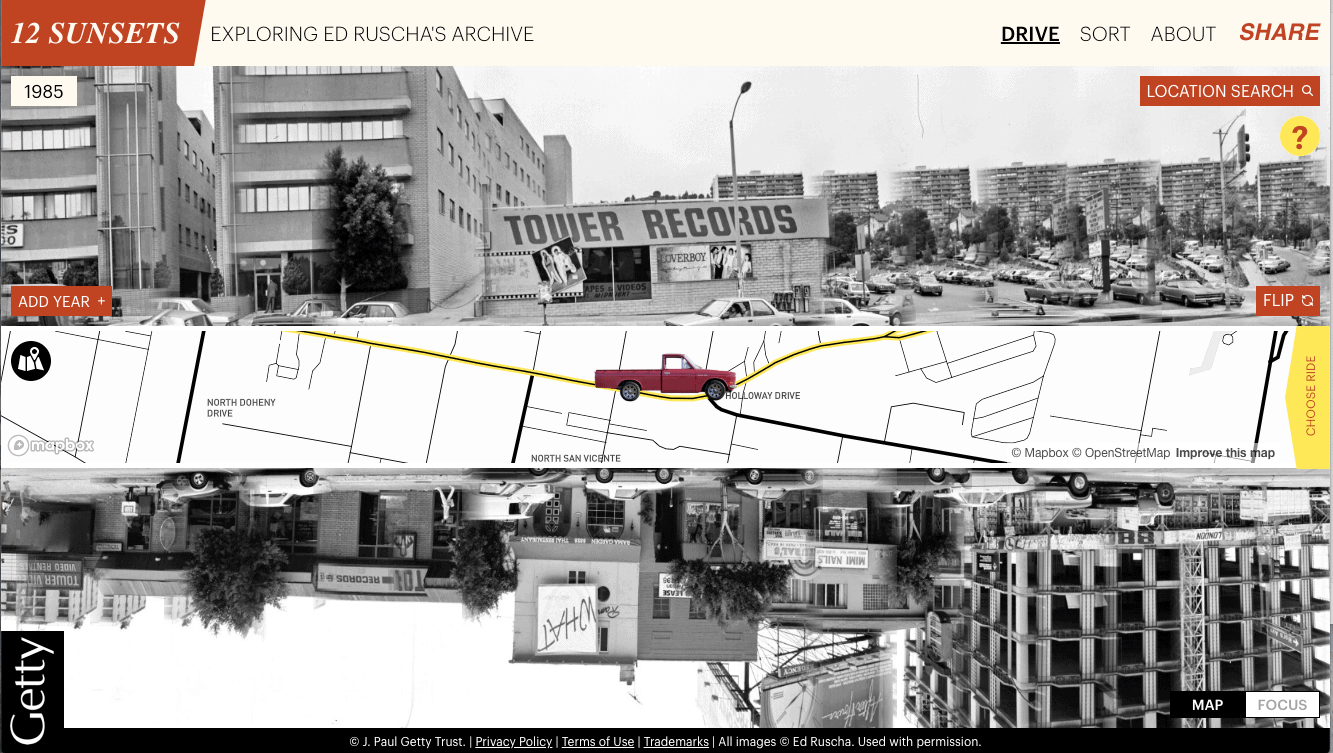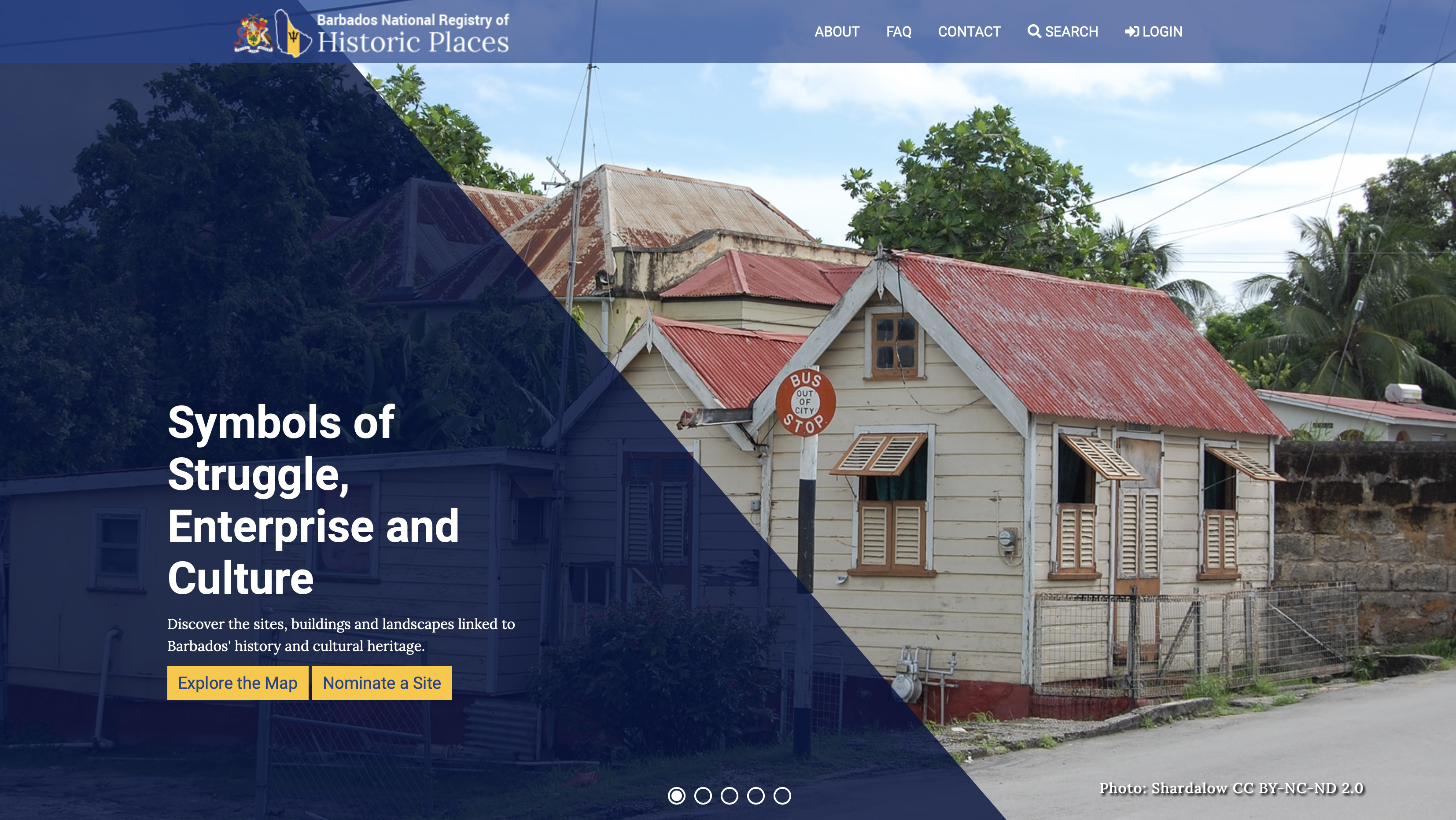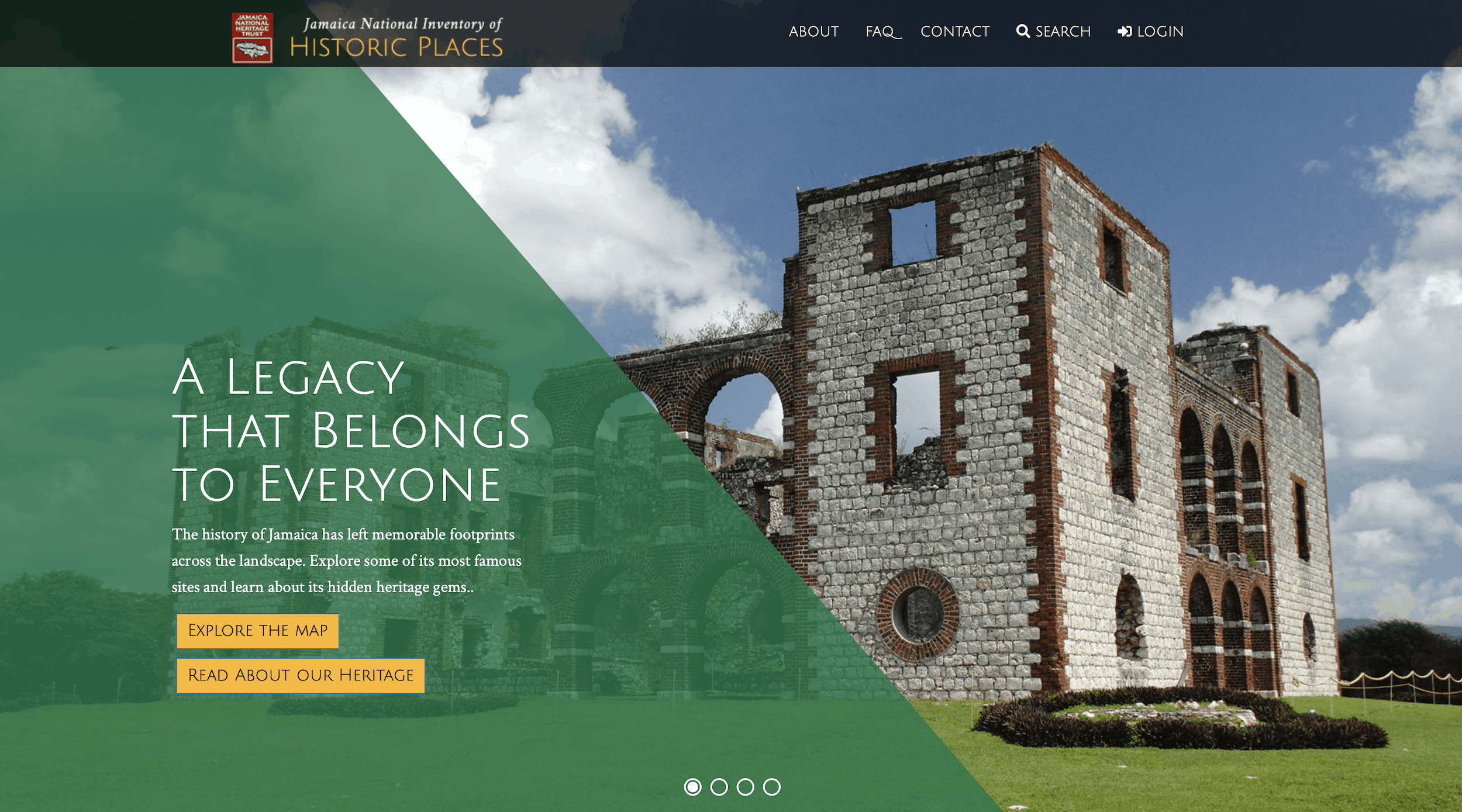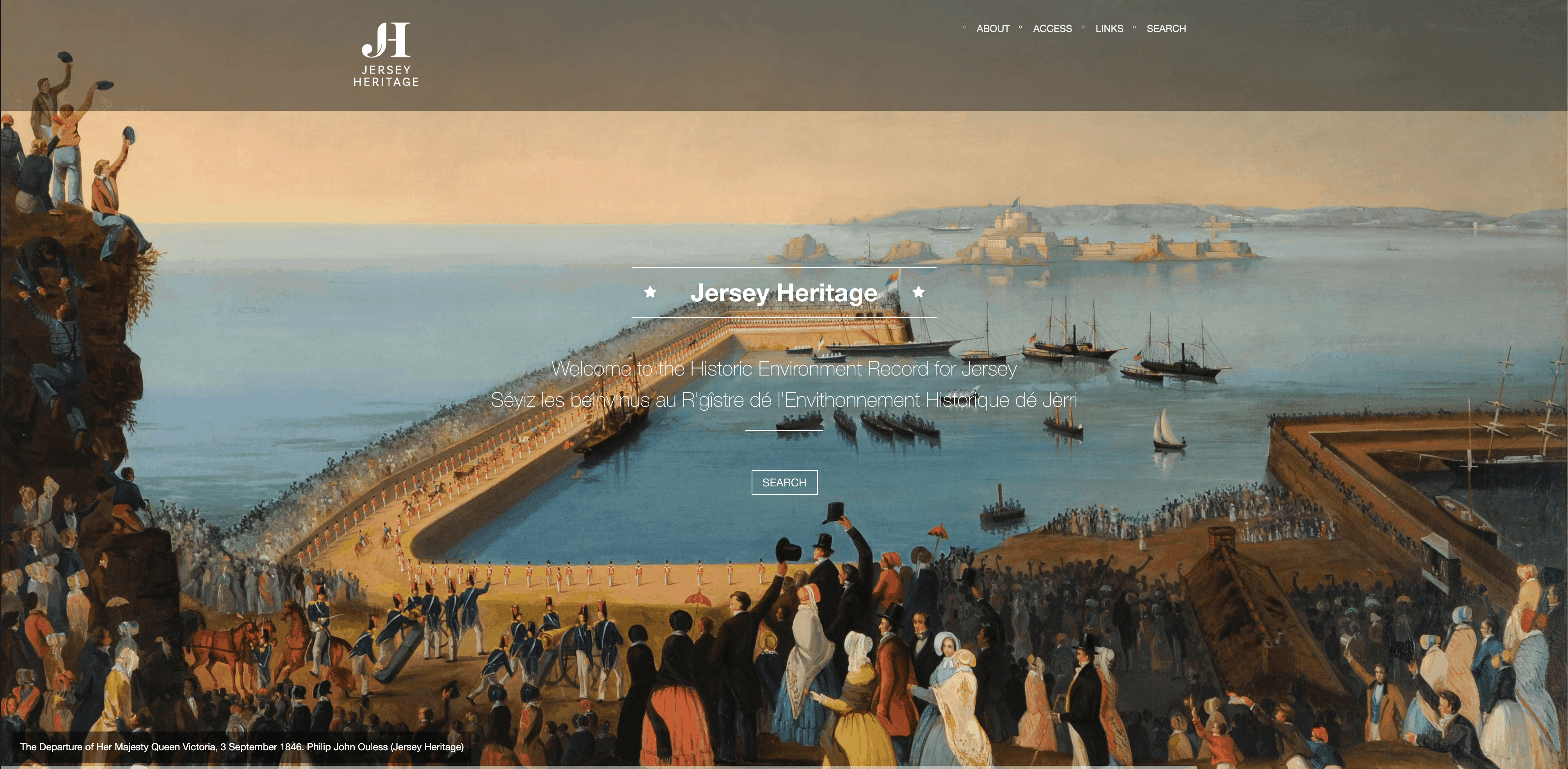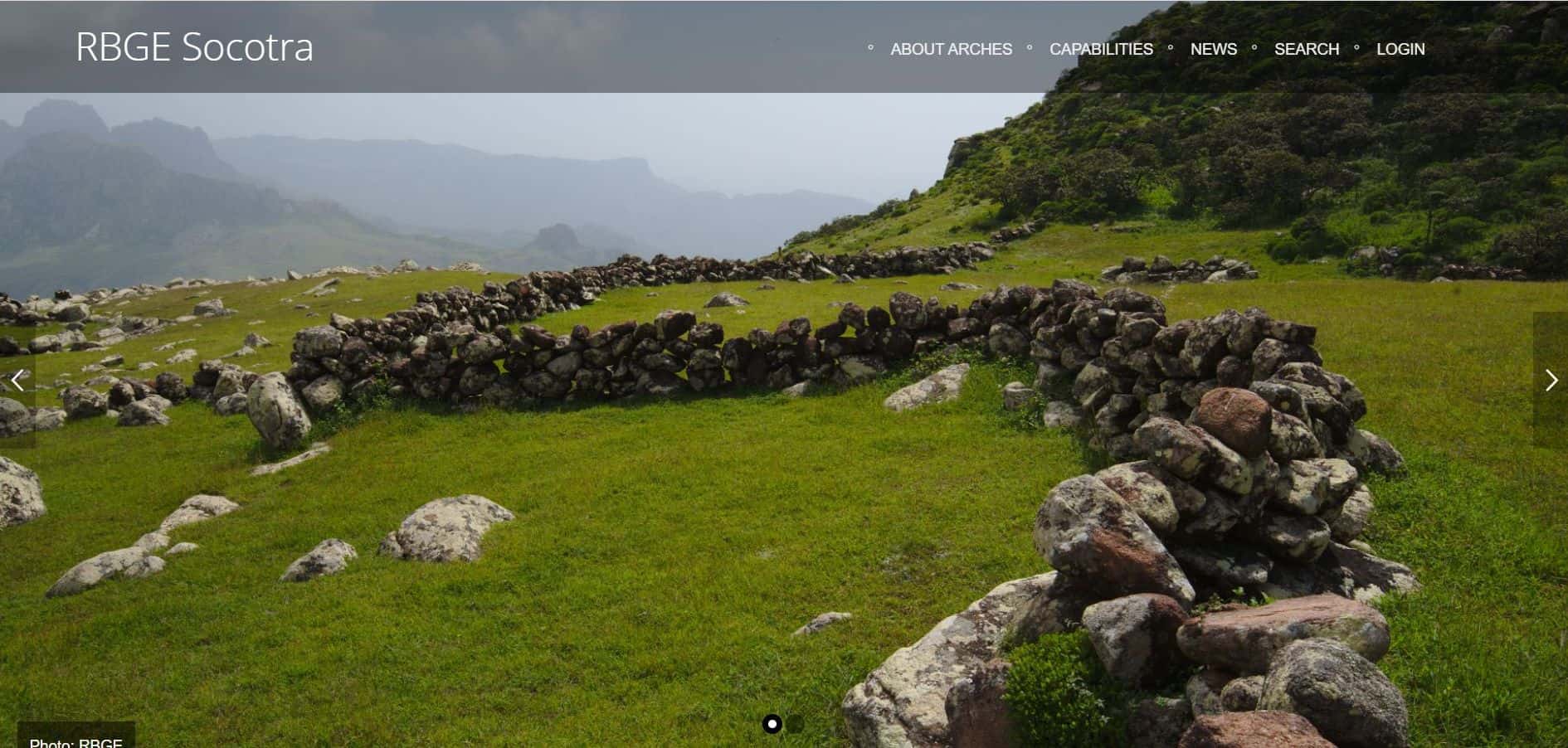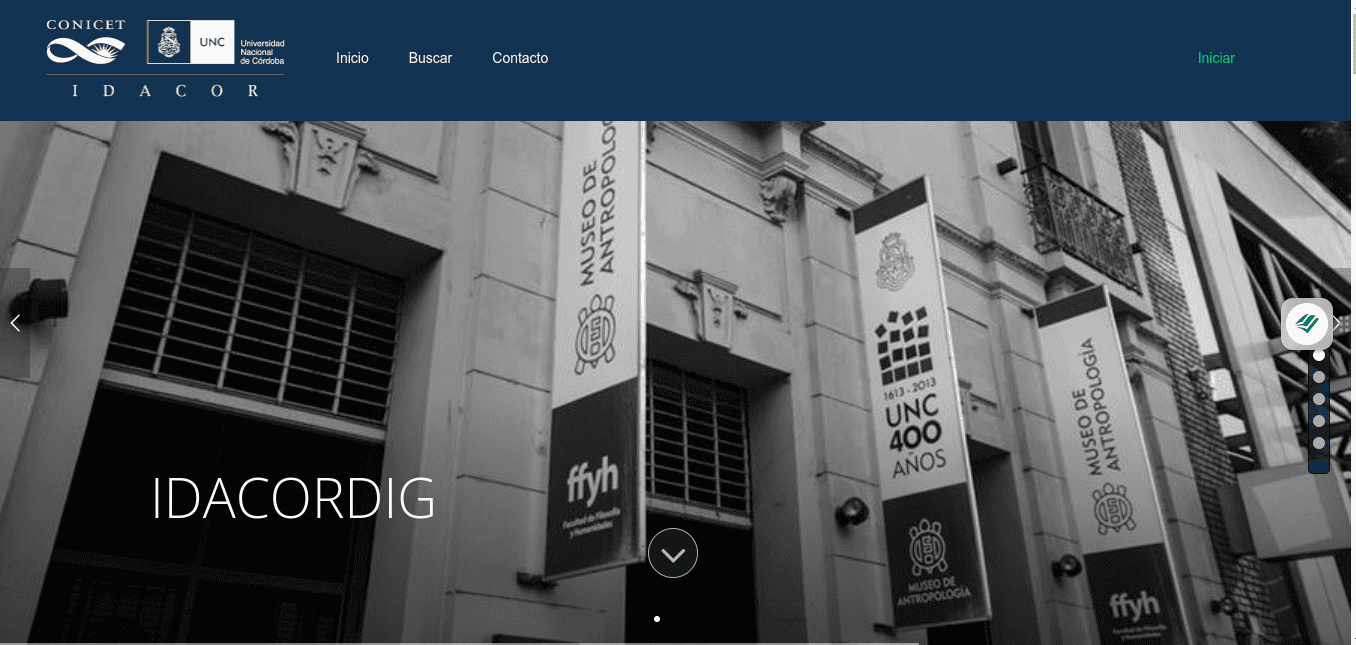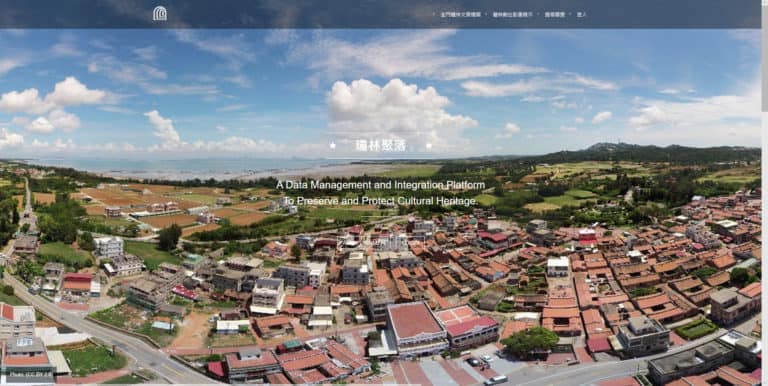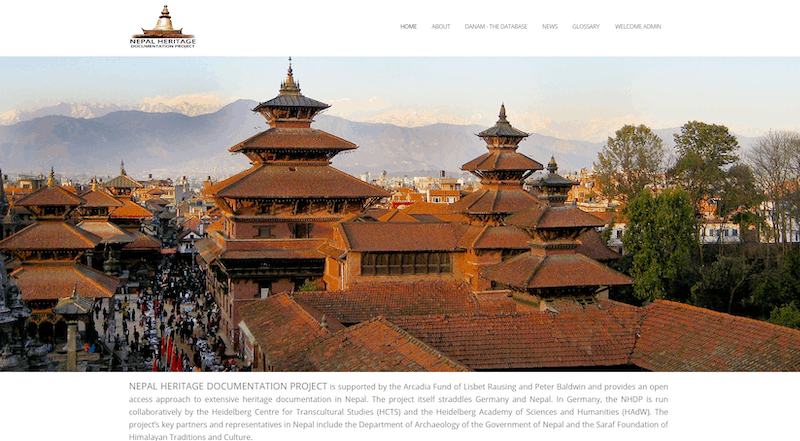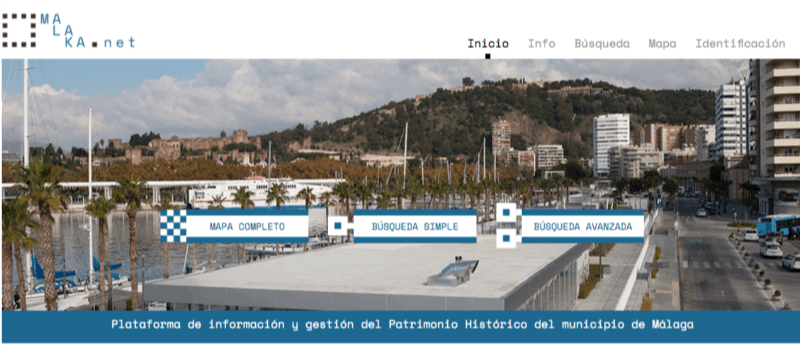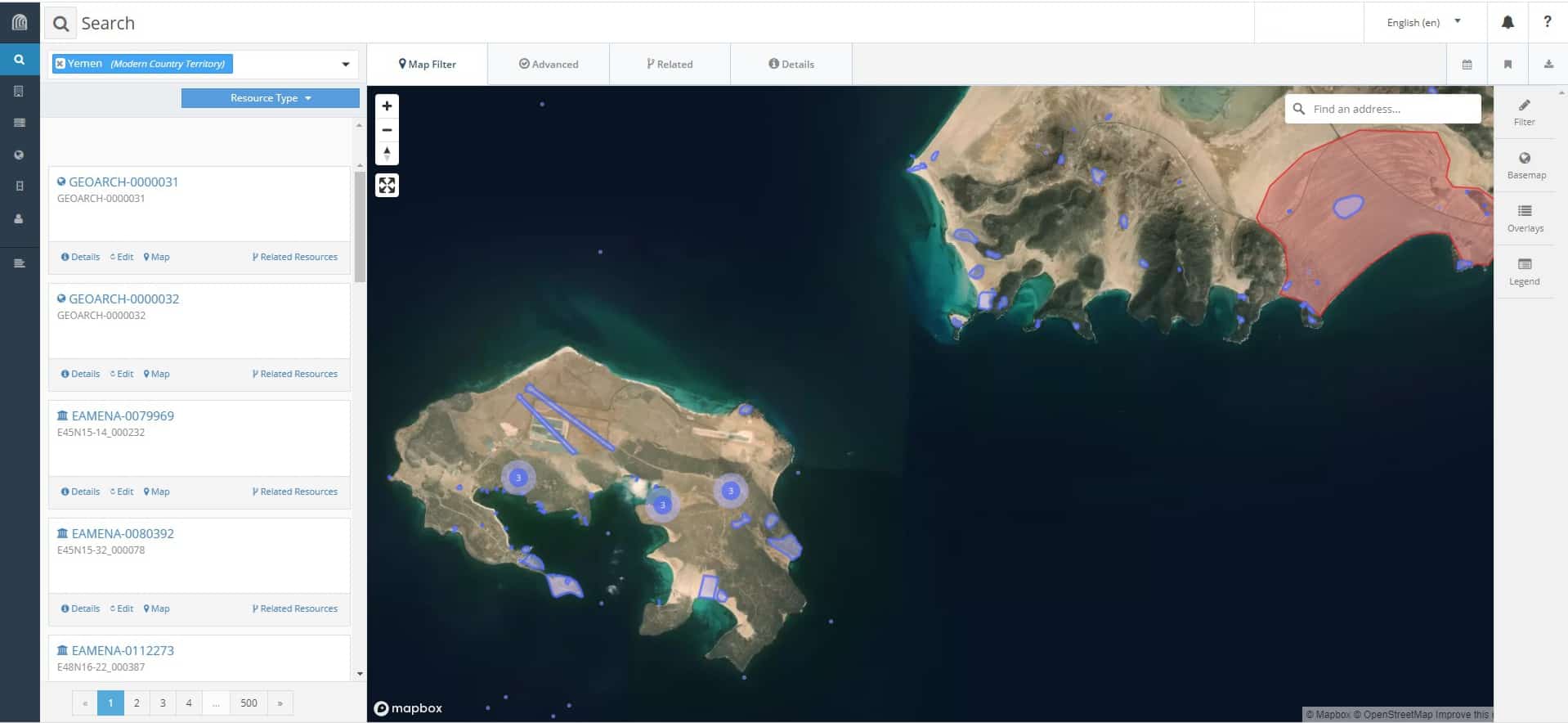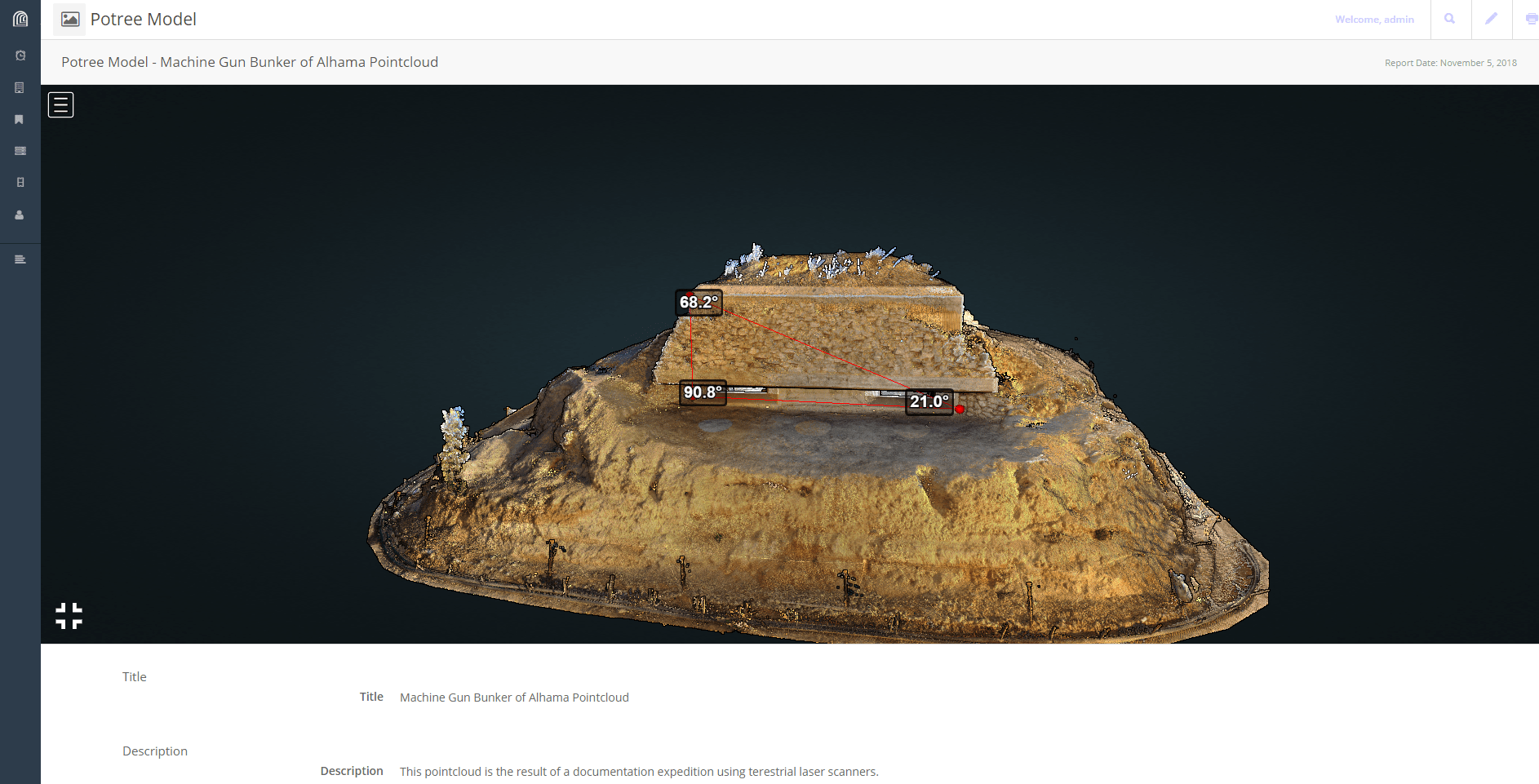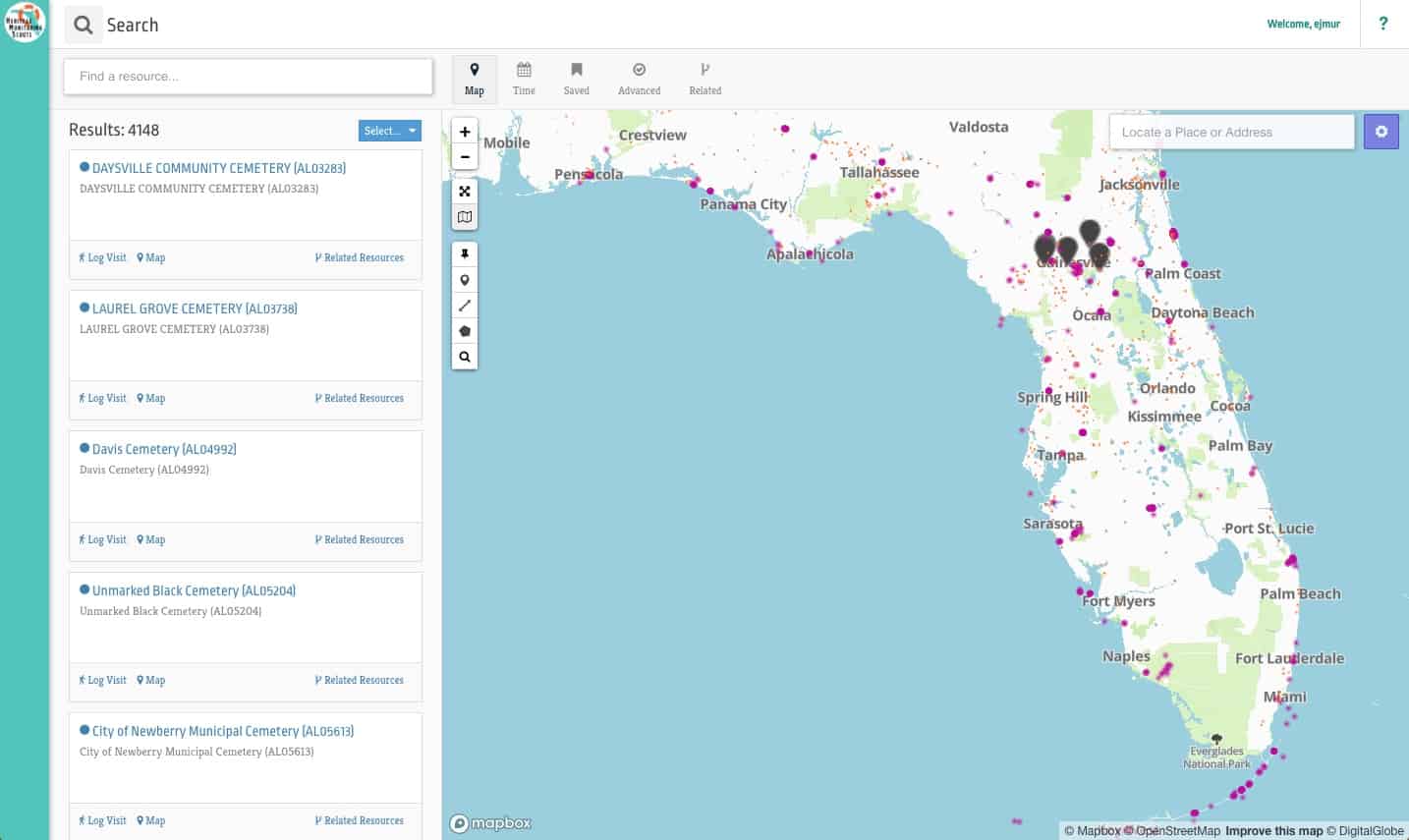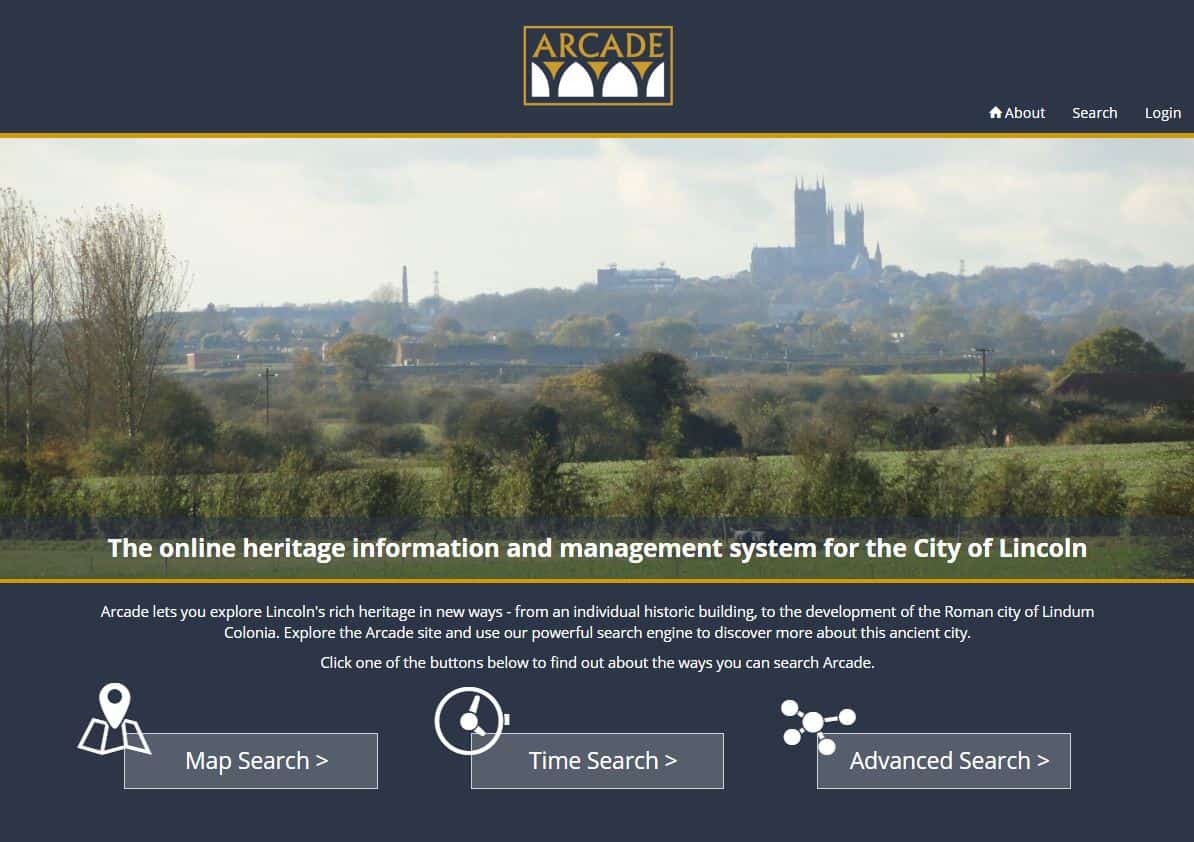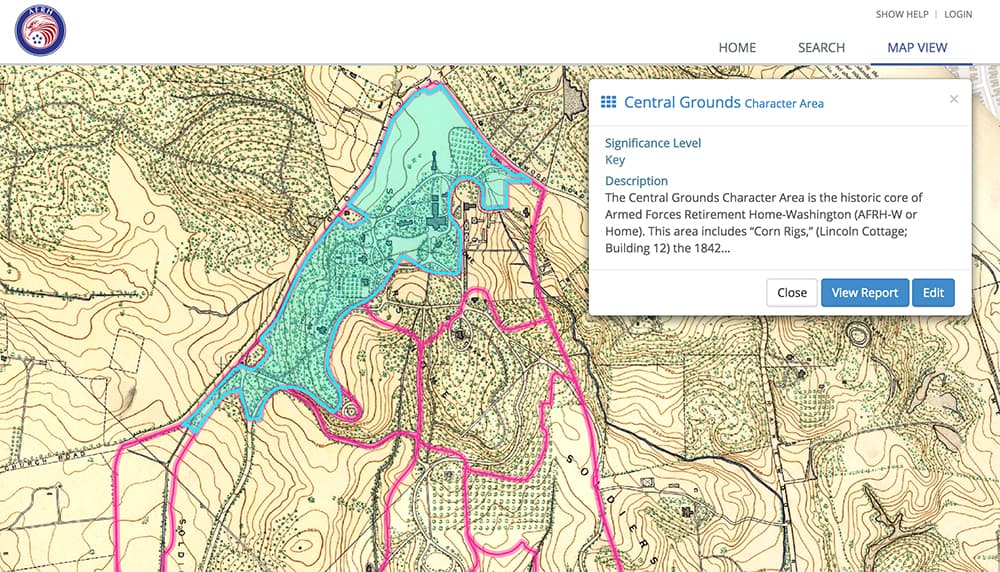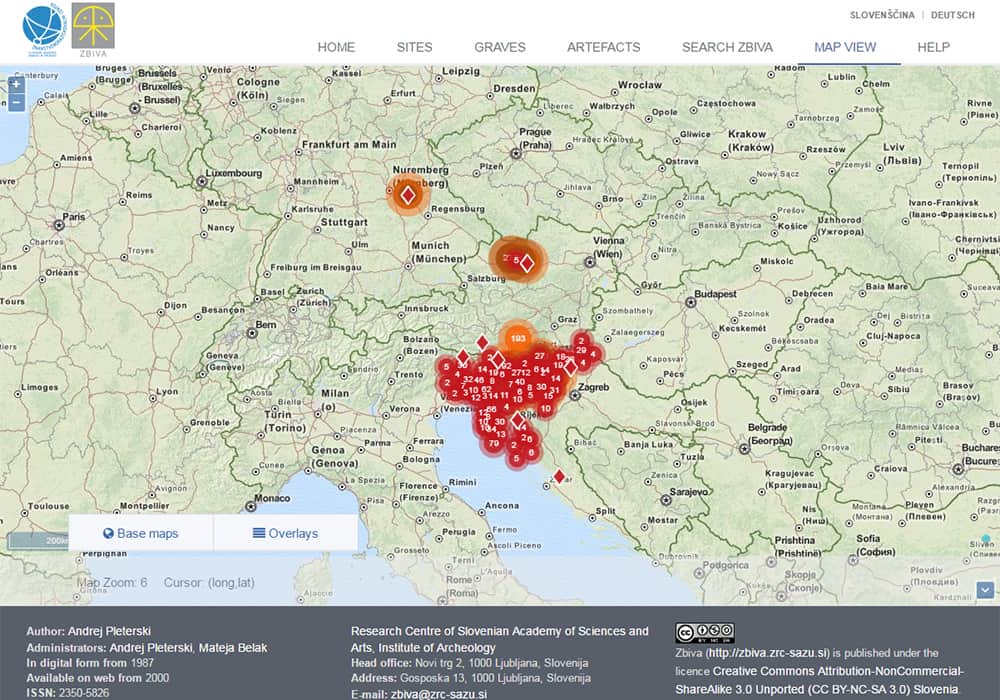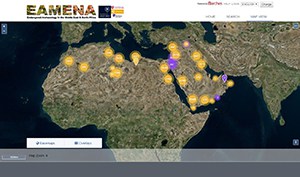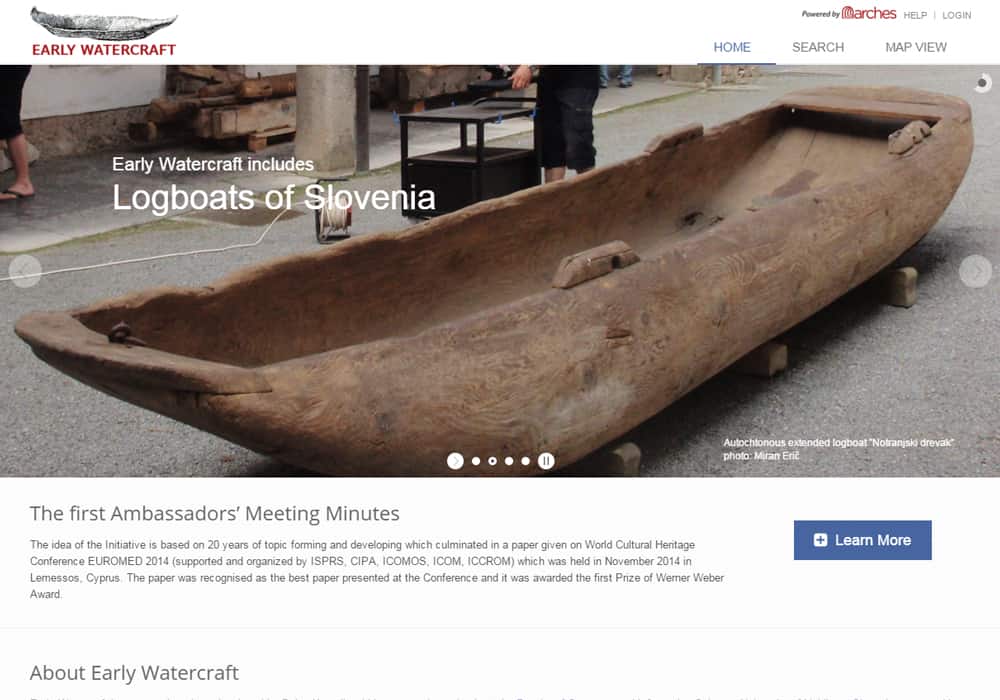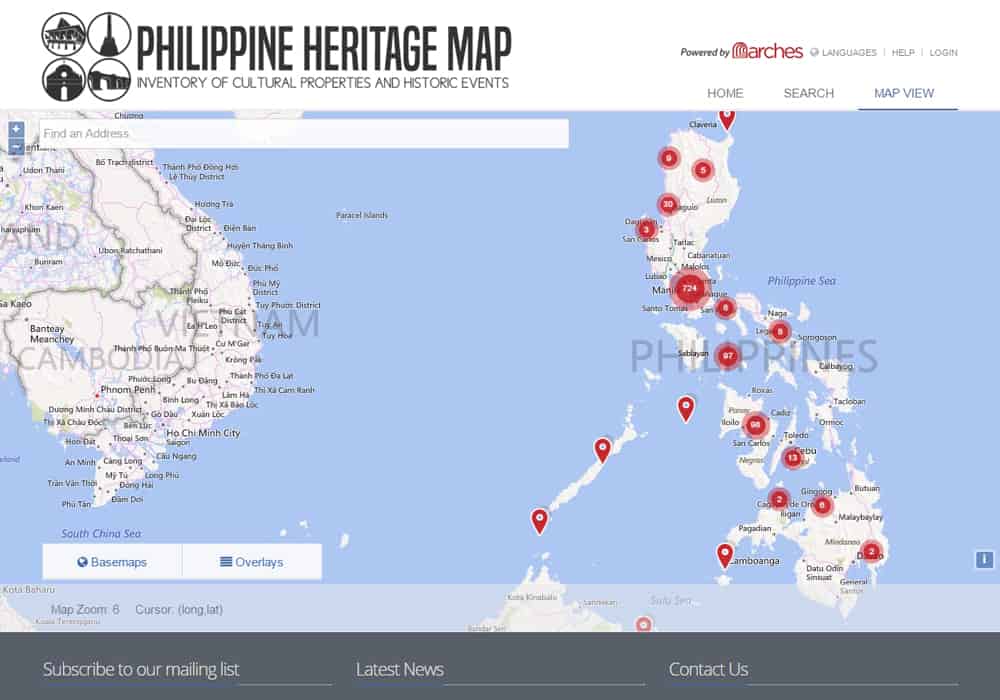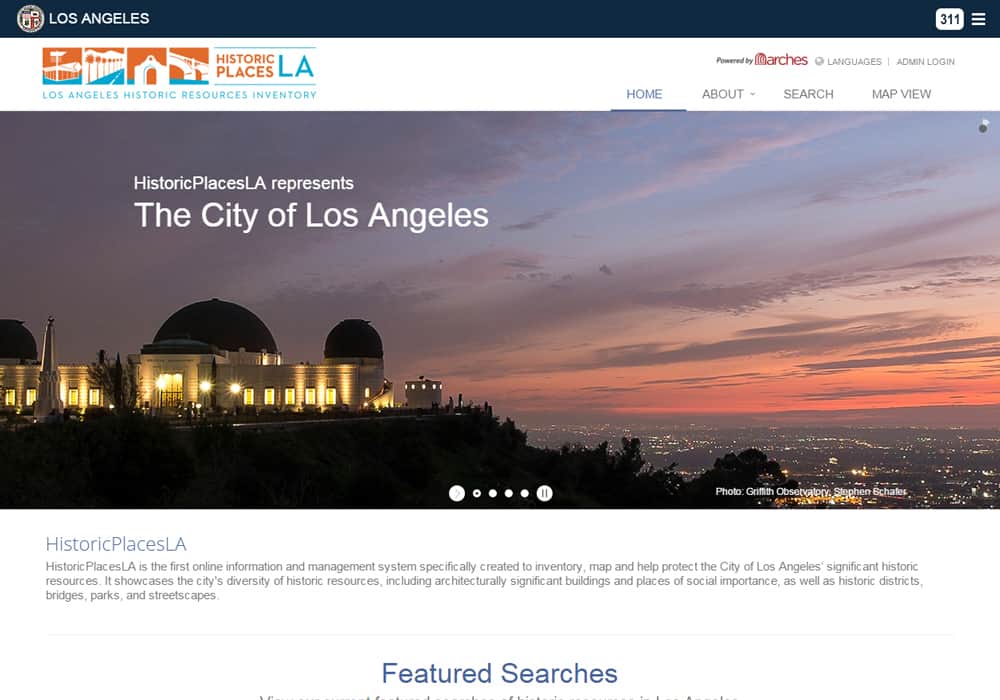Organizations worldwide are using Arches and listed below are several implementations that have been shared with us. If you would like your implementation listed here please contact us providing a brief description, a screenshot, and a link to your implementation if it has been made public.
Links to external sites that are colored black instead of red denote that they are temporarily unavailable.
Greater London Historic Environment Record (GLHER) Online (September 2024, public launch): Historic England’s Greater London Archaeological Advisory Service (GLAAS) launched public access to the new GLHER Online database, a heritage information management system for London, in 2024. Containing over 87,000 entries, GLHER Online provides data on archaeological sites, historic buildings, parks and landscapes, and heritage features, thus promoting a better understanding of Greater London’s rich heritage and supporting work conducted by GLAAS. GLHER Online is a deployment of the Arches for Historic Environment Records (HERs) software package, which is specifically designed for and freely available to other HERs in the UK.
Learn more through a webinar demonstration of GLHER Online’s features.
British Columbia Register of Historic Places (August 2024): The British Columbia Register of Historic Places showcases the diversity of historic sites across the Canadian province of British Columbia. It contains information on over 5,000 registered sites that have been officially recognized by the province, the federal government or a local government for their heritage value. These historic sites include the buildings, neighbourhoods, trails and cultural landscapes that provide a sense of place and contribute to the province’s rich and unique identity. The register also supports the provincial government’s land use decisions, heritage conservation projects, and public awareness initiatives.
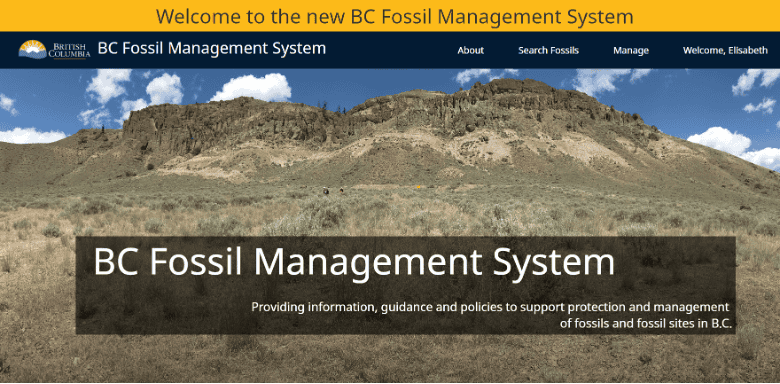
BC Fossil Management System (August 2024): The BC Fossil Management System (BCFMS), powered by Arches, supports the protection and management of fossil information in the Province of British Columbia. The system captures and reports on spatial and attribute data about fossil sites, fossil collections and permit information. BCFMS provides a secure location for this data with controlled access by different user groups, and engagement and collaboration with external partners. It includes powerful filter and search options, allowing users to explore data relationships and generate analytic reports. Information about these important natural heritage resources is now found in one searchable system, improving government’s ability to support research, education and tourism opportunities.
City of Antwerp Archival and Museums Collections Management Systems (June 2024): the City of Antwerp, Belgium, has deployed four Arches instances in combination with other open-source software to manage archival and museum data of four participating Antwerp-based institutions: Letterenhuis, Museum Plantin-Moretus, Rubenshuis, and Museum Mayer van den Berg. In total, these organizations manage over 500,000 museum objects, 200,000 archival objects, and 66,000 records of related persons and organizations. The archival system is ArchivesSpace. Museum data, eight shared CIDOC-CRM-based resource models, and a shared thesaurus are managed in Arches. Archival data managed in ArchivesSpace is accessible in Arches via a custom autocomplete widget. The glue between the systems as well as outward facing APIs is provided by IT service provider Delving’s Linked Open Data aggregation platform. To further explore the collections of these four institutions, visit their public-facing search pages: Letterenhuis, Museum Plantin-Moretus, Rubenshuis, and Museum Mayer van den Berg.
Endangered Wooden Architecture Programme (EWAP) (April 2024): the Endangered Wooden Architecture Programme (EWAP), a cultural grants programme that offers small and large grants for the documentation of endangered wooden architecture, has deployed the Arches-powered EWAP Open Access Database. EWAP, hosted by Oxford Brookes University and delivered in collaboration with CyArk, was established in 2021 with funding from Arcadia, a charitable foundation that works to protect nature, preserve cultural heritage and promote open access to knowledge. The archival database is free to use and contains a range of materials (e.g. images, architectural drawings, 3D models, interviews, documentaries) documenting different endangered wooden architectural structures from around the world.
SF Cultural Heritage (December 2023): SF Cultural Heritage is an online information management platform created specifically to support the San Francisco Citywide Cultural Resources Survey (SF Survey). This public website is a tool that highlights the interconnections of San Francisco’s cultural heritage and shares SF Survey findings, including information gathered through community submissions and historic research. The platform serves as San Francisco’s living cultural resources inventory, a digital resource that is accessible and interactive; the culmination of the SF Survey project. It is intended to allow for future additions and changes to the city’s cultural resources over time, as new information is aggregated. SF Cultural Heritage is the result of a collaboration between the San Francisco Planning Department and the Getty Conservation Institute, with Farallon Geographics as IT service provider.
Suhozid.hr (March 2023): Suhozid.hr was created and is maintained by an informal group of Croatian dry stone and geo-information enthusiasts. It is an open geoportal that contains data on dry stone objects, sites, actors, and activities. Suhozid.hr was launched in the spring of 2013 and has since been hosted on a range of platforms, finally moving to the Arches platform in 2023. The data has been gathered from various research projects, campaigns, official registries and individual (crowdsourced) contributions.
Heritage Geoportal of Cantón Nabón, Ecuador (January 2022): The Universitat Politècnica de València (Spain), with the collaboration of the Universidad del Azuay (Ecuador) and the National Institute of Cultural Heritage (INPC), has implemented a web-based system for the heritage management of Cantón Nabón, a rural area of the Ecuadorian highlands with a large set of cultural and natural heritage assets. The system, based on Arches, allows 3D geovisualization of the documented elements with geomatics techniques, as well as alphanumeric information organized according to the new data model implemented in Spanish. Likewise, thanks to Arches Collector, the heritage monitoring of the assets is being carried out in compliance with the preventive conservation cycle of the heritage.
Historical maps of Candia (November 2021): The Institute of Applied and Computational Mathematics, Foundation of Research and Technology-Hellas, in Heraklion, Greece has developed a pilot web site for the management/promotion of the historical maps of Candia (old name for Heraklion, Crete). The site includes information for several 17th century maps and permits users to make queries with respect to the map characteristics (topic, cartographer, date etc.) and the geographic information depicted οn the map. Future development plans include definition of additional resources for map description and the implementation of a user-friendly search interface oriented to the historical cartography domain.
Mongolian Archaeology Project: Surveying the Steppes (MAPSS) Database (July 2021): Mongolia is the least densely populated nation on earth but contains an incredible density of archaeological resources that attest to its deep history of mobile-pastoralism, empires, and innovation. As urbanization and industrialization transform the landscape, threatening its immovable cultural heritage, the Mongolian Archaeology Project: Surveying the Steppes (MAPSS) documents visible archaeological features and assesses their endangerment. The MAPSSdb Arches deployment forms a hub for data exchange with its partners in Mongolia, for whom the project provides training in digital techniques and Arches usage to engender a collaborative foundation for sustainable heritage preservation. MAPSS is funded by Arcadia and is based at the Max Planck Institute of Geoanthropology.
InVisu Les Résidences (May 2021): The InVisu research unit, under administrative supervision of France’s Institut national d’histoire de l’art (INHA) and the Centre national de la recherche scientifique (CNRS), has implemented Arches for its program “les Résidences” which offers young researchers in the field of history of art and material culture the support, and guidance for online publication of their corpus through a residency fellowship. Visual documents resulting from research work are submitted and published under open license and resident researchers agree on OpenScience principles. Corpus are modelled with CIDOC-CRM and embedded in an independent instance of Arches.
Maritime Asia Heritage Survey (MAHS) (April 2021): The Maritime Asia Heritage Survey documents endangered heritage sites through pioneering fieldwork in the Maldives, Indonesia, and Thailand, production of new digital assets in Kyoto at the MAHS Digital Documentation lab, and integration of datasets from international project partners. This work produces robust records of multi-media material including video, 3D models, point clouds, and other spatial data files into an open-access archive allowing for comparative examination of complex cultural circulations from the history of a maritime world that transcends modern national borders. These related resources are anchored in the Arches-based MAHS database. The project is based at Kyoto University’s Center for Southeast Asian Studies (CSEAS), and funded by the Arcadia Fund.
Memor (April 2021): The importance of documenting archaeologically excavated human remains is widely recognized, however, Flanders (Belgium) does not have clear legislation for post-excavation practice or ethics. No overview of the remains in storage, nor what storage and reburial standards are used was available. As a member of the Memor consortium, funded by the Agentschap Onroerend Erfgoed, the Ghent Centre for Digital Humanities set up and maintains an Arches instance to address some of these issues. It focused on creating a collections database useful for researchers, as well as a dataset to address conservation practices and will soon be expanded with animal remains.
Isle of Man Historic Environment Record (March 2021): Manx National Heritage, the charity responsible for the care and promotion of Isle of Man’s natural and cultural heritage, has launched the Isle of Man Historic Environment Record which is culmination of a four-year project to improve how we manage and enable access to our Island’s rich historic environment. The IOMHER website is free to use and includes information about many of the Island’s historic places, archaeological sites, landscapes and historic buildings. Over the next three years more resources will be added to the site, including information about the underwater historic environment. The hope is to attract more people to use the IOMHER website as well as enable specialists to work with us to gather and contribute reliable information to it.
The Maloutena and Agora in the Paphos Urban Plan (MA-P) Project (October 2020): A consortium of Jagiellonian University, University of Warsaw, and Warsaw University of Technology funded by the National Science Centre Poland has deployed Arches for the work of the MA-P Project to model the cityscape of Nea Paphos, the Hellenistic and Roman capital of Cyprus. Regular excavations have been conducted at Paphos by the Cypriot Department of Antiquities since 1962, and the Polish Archaeological Mission since 1965. The MA-P Project focuses on collecting, processing and verifying all available data about the city’s landscape from past and ongoing excavations as well as remote sensing and geophysics. The Arches Platform is used as a main database to store and explore all data from ongoing archaeological explorations together with archival data relevant to the city’s landscape.
Getty Research Institute Archival Collection Tools: Research Collections Viewer and 12 Sunsets (October 2020): Getty Digital, in collaboration with the Getty Research Institute, has developed two new platforms powered by data managed in Arches. The Research Collections Viewer offers a way to discover and view the Getty Research Institute’s archival collections, while 12 Sunsets is an interactive exploration of the artist Ed Ruscha’s archive documenting the streets of Los Angeles. Containing item-level metadata such as geolocation coordinates, computer vision tags, OCR text, and addresses, Arches is one of the data management systems driving both experiences. This single Arches implementation allows for recontextualizing the metadata and building unique experiences for different audiences. Containing over 100,000 resources, this is the Getty Research Institute’s first use of the platform in production.
Barbados National Registry of Historic Places (September 2020): The Barbados Ministry of Creative Economies, Culture and Sports, in cooperation with the Organization of American States, established the Barbados instance of Arches as the official repository of its newly created National Registry of Historic Places. Coherit Associates LLC, working in the context of an OAS Project funded by the U.S. Permanent Mission to the OAS, customized and branded the site and trained ministry staff in its use. The instance was installed by Legion GIS LLC. This Arches implementation represents an important step forward in local participation in heritage designation, through its community-based nomination procedure.
Jamaica National Inventory of Historic Places (September 2020): The Jamaica instance of Arches is the result of cooperation between the Jamaica Ministry of Culture, Gender, Entertainment and Sport and the Organization of American States, in a project funded by the U.S. Permanent Mission to the OAS. It is maintained and updated by the staff of the Jamaica National Heritage Trust. This instance of Arches emphasizes community engagement through public nominations of significant sites. Branding and customization were completed by Dr. Angela Labrador of Coherit Associates, who also led the staff training within the context of the OAS project. This instance of Arches was installed by Legion GIS LLC.
Jersey Historic Environment Record (May 2020): Jersey Heritage Trust have developed an essential tool for researching heritage in the Island and managing its future. It brings together a wealth of information about the Island’s historic environment for the first time. The comprehensive database is free to use and can be found at her.jerseyheritage.org. It includes everything from historic buildings, maps, landscapes, battlefield sites, local folklore, archaeological sites and finds. The HER provides a major research tool for members of the public, commercial operations and academics alike, allowing people to carry out searches in different ways.
The Soqotra Heritage Database (March 2020): The Soqotra Archipelago is well known for its unique and globally significant biodiversity, leading to inscription on the World Heritage List in 2008 but its cultural heritage is less well documented. The Soqotra Heritage Project (funded through the British Council Cultural Protection Fund) developed capacity on Soqotra to document tangible and intangible heritage using a range of media, and implemented Arches as the Soqotra Heritage Database as a permanent resource currently available online and on Soqotra via the Arches Collector app. Project partners include the Royal Botanic Garden Edinburgh, Arab Regional Centre for World Heritage, General Organisation for Antiquities & Museums (Yemen) and Freie Universität Berlin.
IDACORDig (February 2020): IDACORDig represents the location (exact or estimated) of archaeological sites in the Province of Córdoba (Argentina, South America). The Arches-powered database is maintained by the Programa de Arqueología Digital, the Proyecto Ongamira, and the Laboratorio de Análisis Macro y Microscópico de Materiales Líticos (LAMMAL) of IDACOR (Instituto de Antropología de Córdoba). Technical support is provided by the Prosecretaría de Informática of the Universidad de Córdoba. IDACORDig is a work in progress that aims to offer various levels of information on prehistoric and historic archaeological sites in open formats to be used by academics, heritage managers, and citizens interested in the preservation of provincial archaeological information.
Kinmen Qionglin Settlement, Kinmen County, Taiwan (January 2020): The Kinmen Qionglin Settlement Survey aims to establish the information and digital resources of cultural heritage based on the concept of Cultural Heritage Lifecycle in different types, including the data of basic designated registrations, surveys, management-and-maintenances. This program is conducted by the China University of Technology with support from the Bureau of Cultural Heritage, Taiwan Ministry of Culture.
Maldives Heritage Survey (May 2019): The Maldives Heritage Survey works to systematically inventory and document endangered cultural heritage in the Maldives, including mosques, cemeteries, the remains of Buddhist temple complexes, and other historical structures and physical objects. The materials documented in our database are vulnerable to both natural and human threats that jeopardize the survival and accessibility of historical information for this vital node in pre-modern economic and religious networks spanning the Indian Ocean world and beyond. The project is led by Michael Feener, based at the Oxford Centre for Islamic Studies, and funded by Arcadia. Work in country in conducted in partnership with the Maldives Ministry of Arts, Culture and Heritage, and the international collaboration of the SaieLab at Washington University in St. Louis, and the Earth Observatory of Singapore at Nanyang Technological University.
Nepal Heritage Documentation Project (NHDP) (April 2019): NHDP’s first commitment is to historical monuments and objects that are spread across the Kathmandu Valley. Today, these monuments still play important roles in the active social and religious habitats of the old town of Patan. However, many of them are endangered due to the aftermath of the 2015 earthquakes, urban transformation, and dramatic demographic shifts that occur with economic and social change. Supported by the charitable fund Arcadia, the project documents the historical and anthropological ‘biographies’ as well as the current state and use of the monuments. NHDP is founded on expertise in extensive heritage documentation fieldwork in Nepal, data management and the development of Digital Archive of Nepalese Arts and Monuments (DANAM) since October 2018. All content published in DANAM is freely available in an open access format.
MALAKA.net Heritage Project (March 2019): MALAKA.net is an information and management platform for the historical heritage of the municipality of Málaga, Spain. Created to inventory, locate and assist in its management, it also offers the possibility of showing citizens and researchers the architectural, landscape, archaeological, urban furniture and intangible heritage included in official lists and catalogues of protection. It was implemented as part of an agreement on research and technology transfer between the Higher Technical School of Architecture of the University of Málaga, the Institute UMA-UPC for Habitat- Tourism-Territory, and the Municipal Housing Institute of the Málaga City Council for the implementation of activities of protection, preservation and enhancement of Málaga’s heritage.
Maritime Endangered Archaeology in the Middle East and North Africa (February 2019): Coastal and underwater cultural heritage is at risk from human actions as well as natural processes which will be exacerbated by climate change. Many maritime heritage sites are lost without ever being recorded. The Maritime Endangered Archaeology in the Middle East and North Africa project (MarEA) aims to redress this by documenting and assessing risks to the maritime archaeology of the Middle East and North Africa. Through creating a database of sites and reinforcing partnerships with regional institutions, MarEA seeks to establish foundations for the sustainable management of endangered maritime heritage. MarEA is supported by Arcadia, run by the University of Southampton and Ulster University, and works in partnership with EAMENA, sharing and contributing to its Arches implementation.
Global Digital Heritage (February 2019): Global Digital Heritage (GDH) is a not-for-profit, private research and education organization dedicated to documenting, monitoring, and preserving our global cultural and natural heritage. GDH uses Arches to make digital data on nearly 100 sites and 300 artifacts (e.g. 3D models, point clouds and geospatial information) freely available to the public. With collaborations in Portugal, France, Italy, the United Arab Emirates, Morocco, and elsewhere, Arches is the key to creating a digital research environment for sharing 3D data.
Lincoln Historic Environment Record (HER) (May 2018): The City of Lincoln, UK, has implemented Arches as its Historic Environment Record (HER), known as ARCADE. ARCADE (Access Resource for Conservation and Archaeology in a Development Environment) is a publicly-accessible and powerful system to inventory, map, describe, and help protect Lincoln’s rich cultural heritage, which spans from Roman times to the present. For a video about the project, visit https://youtu.be/d_slIt0tefk.
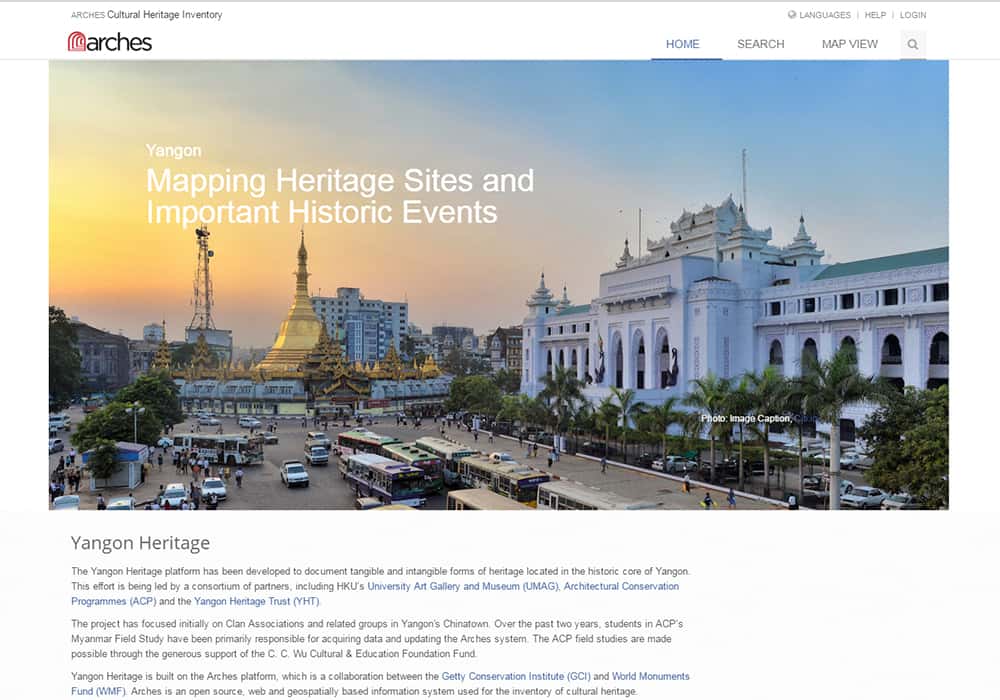
Hong Kong University, Yangon Heritage Platform (March 2017): The Yangon Heritage Platform has been developed at The University of Hong Kong (HKU) to document heritage located in the historic core of Yangon, Myanmar. The project began by documenting Clan Associations and related groups in Yangon’s Chinatown, using field study data collected by students in the Architectural Conservation Programmes (ACP). This data was then filtered into the Yangon Heritage Platform to serve as an active research tool for students and practitioners.The effort is being led by the University Museum and Art Gallery (UMAG) in collaboration with HKU’s Architectural Conservation Programmes (ACP) and the Yangon Heritage Trust (YHT).
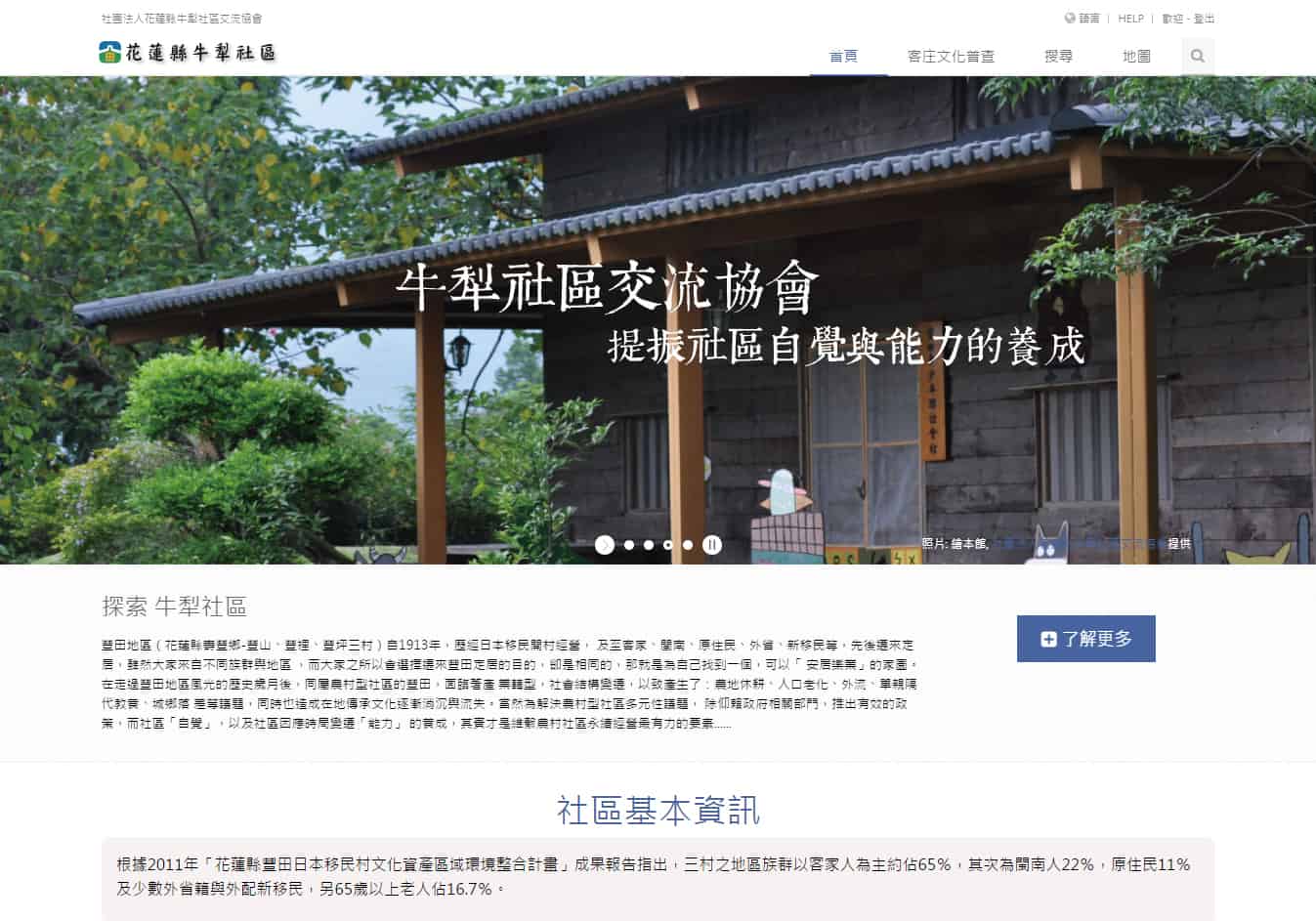
Nouli Community, Hualien County, Taiwan (August 2016): This implementation was created by a team at National Chengchi University (NCCU) in Taiwan to better understand the rural Nouli community through an inventory of the community’s resources.
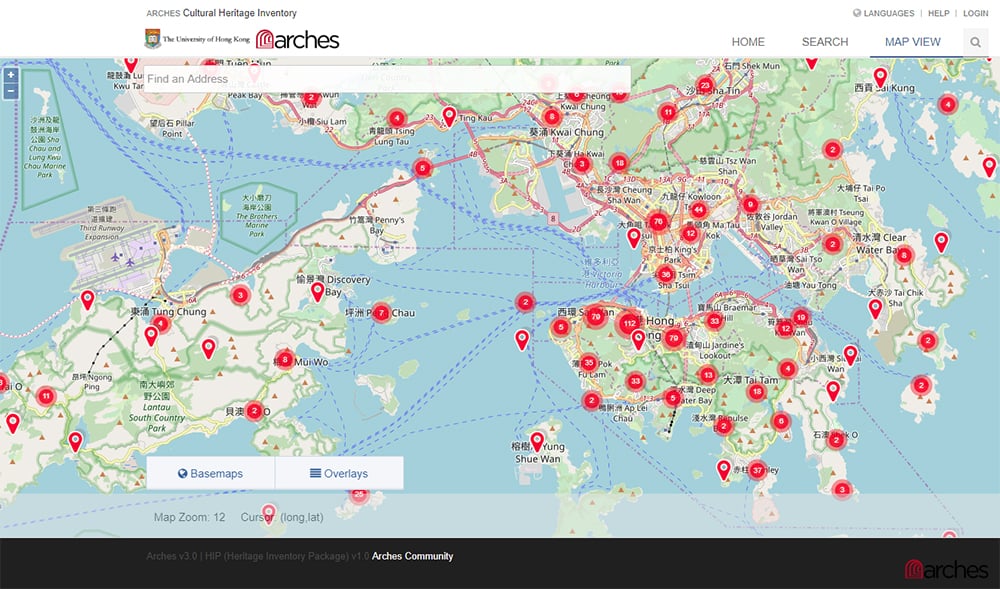
Armed Forces Retirement Home (AFRH) (July 2016): The AFRH Information and Resource Inventory System (IRIS) is the first federal implementation of Arches in the United States. As a federal agency, AFRH manages a 272-acre historic campus in Washington, DC that has been in continuous operation as a retirement home for veterans since the 1850s. AFRH IRIS makes valuable research on this historic property available to the public, while allowing AFRH and its staff to manage its campus planning and federal environmental compliance activities.
Zbiva (May 2016): Zbiva is an archaeological database that covers sites dating from the early Middle Ages that are located in the eastern Alps and its surrounding regions. It includes sites in Slovenia, Austria, on the NW Croatian coast, and in the NE regions in Italy, which are sometimes compared to sporadic sites from the neighbouring areas and also from the previous era.
Endangered Archaeology in the Middle East and North Africa (October 2015): The Endangered Archaeology in the Middle East and North Africa (EAMENA) project based at Oxford University is using Arches to record archaeological sites and landscapes that are under threat across the Middle East and North Africa, including from rapid population growth, urban expansion, agricultural development, warfare, and looting.
Early Watercraft (September 2015): Early Watercraft is a research project at the Faculty of Computer and Information Science, University of Ljubljana, Slovenia, that has deployed Arches to present information on early Slovenian logboats and potentially provide a framework to manage and publish data on early watercraft throughout the world. See: Bojan Kastelic, et al., “Global Database of Early Watercraft: Beginnings, Development and Future Plans,” IKUWA6 Shared Heritage: Proceedings of the Sixth International Congress for Underwater Archaeology, Western Australian Maritime Museum, Fremantle, September 2020: 513-23.
Philippine Heritage Map (August 2015): A Manila-based nonprofit has implemented Arches as the Philippine Heritage Map in order to publish online information collected through an ongoing national-scale heritage survey of the Philippines.
HistoricPlacesLA (February 2015): The City of Los Angeles, USA, has deployed Arches as HistoricPlacesLA, the official Los Angeles Historic Resources Inventory, to serve both as a tool to fulfill its obligations under federal, state, and local historic preservation laws and to make information publicly accessible.
In January 2024, HistoricPlacesLA launched HPLA 2.0, the system’s first substantial update since 2015. Built on Arches v6.2, this public site features: an improved user experience, expanded data (including over 58,000 mapped historic places and 63,000 image records), and featured searches. Learn more about the new and improved HPLA through their FAQs page.
To stay up-to-date on project news, sign up for the Arches project announcement list or join the Arches Community Forum.
Last updated: September 2024
To stay up-to-date on project news, sign up for the Arches project announcement list or join the Arches Community Forum.
Last updated: August 2024
